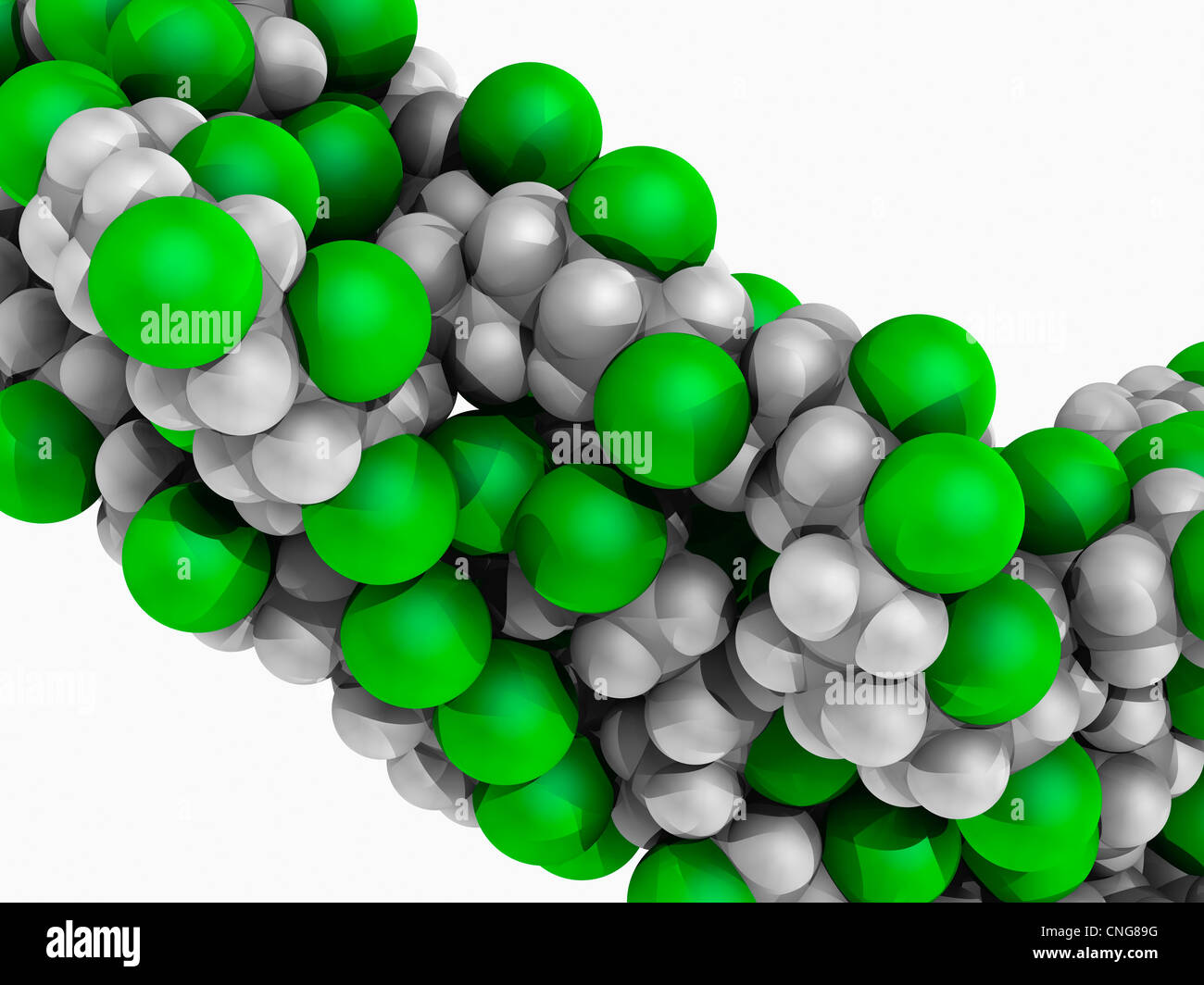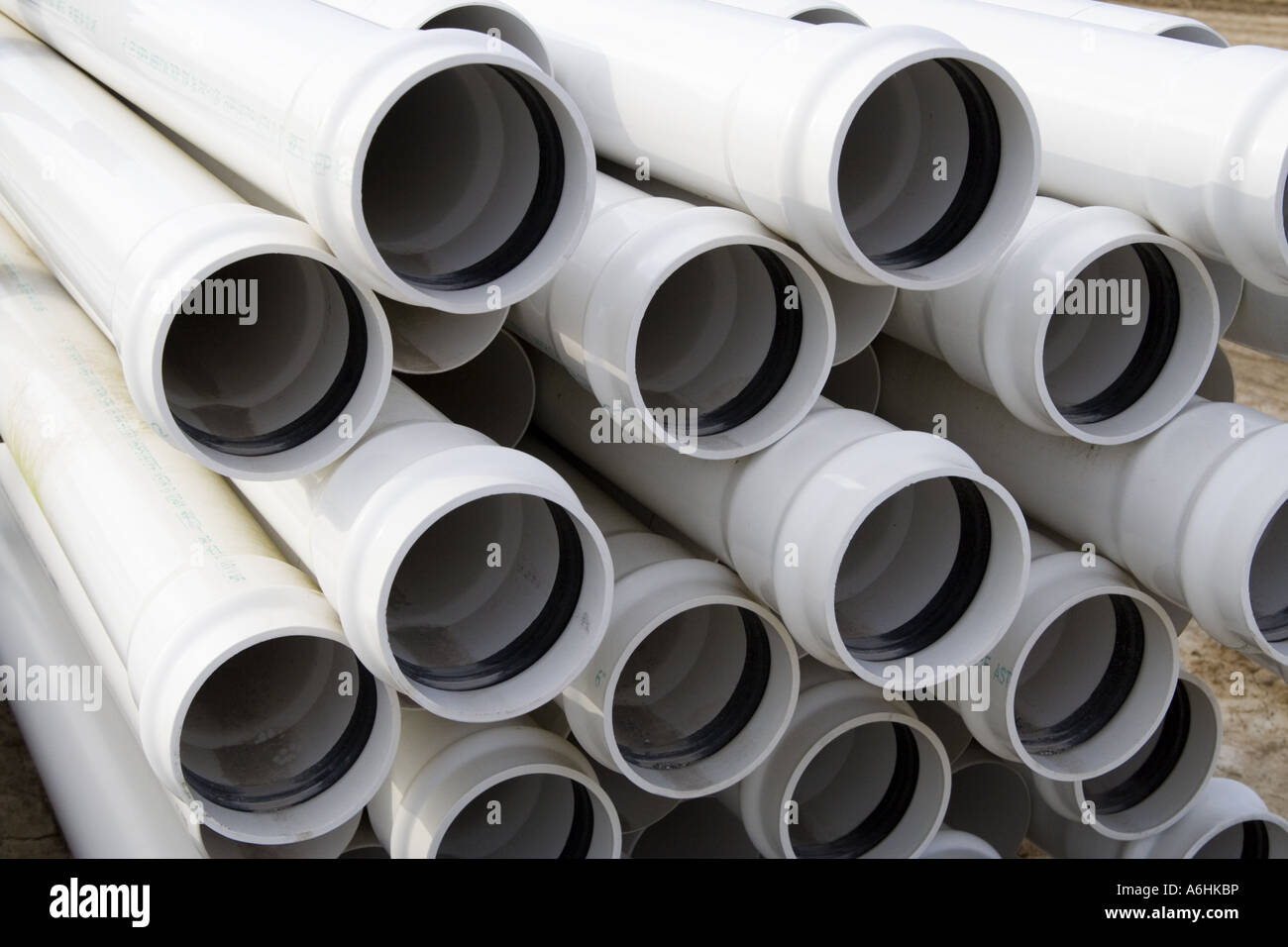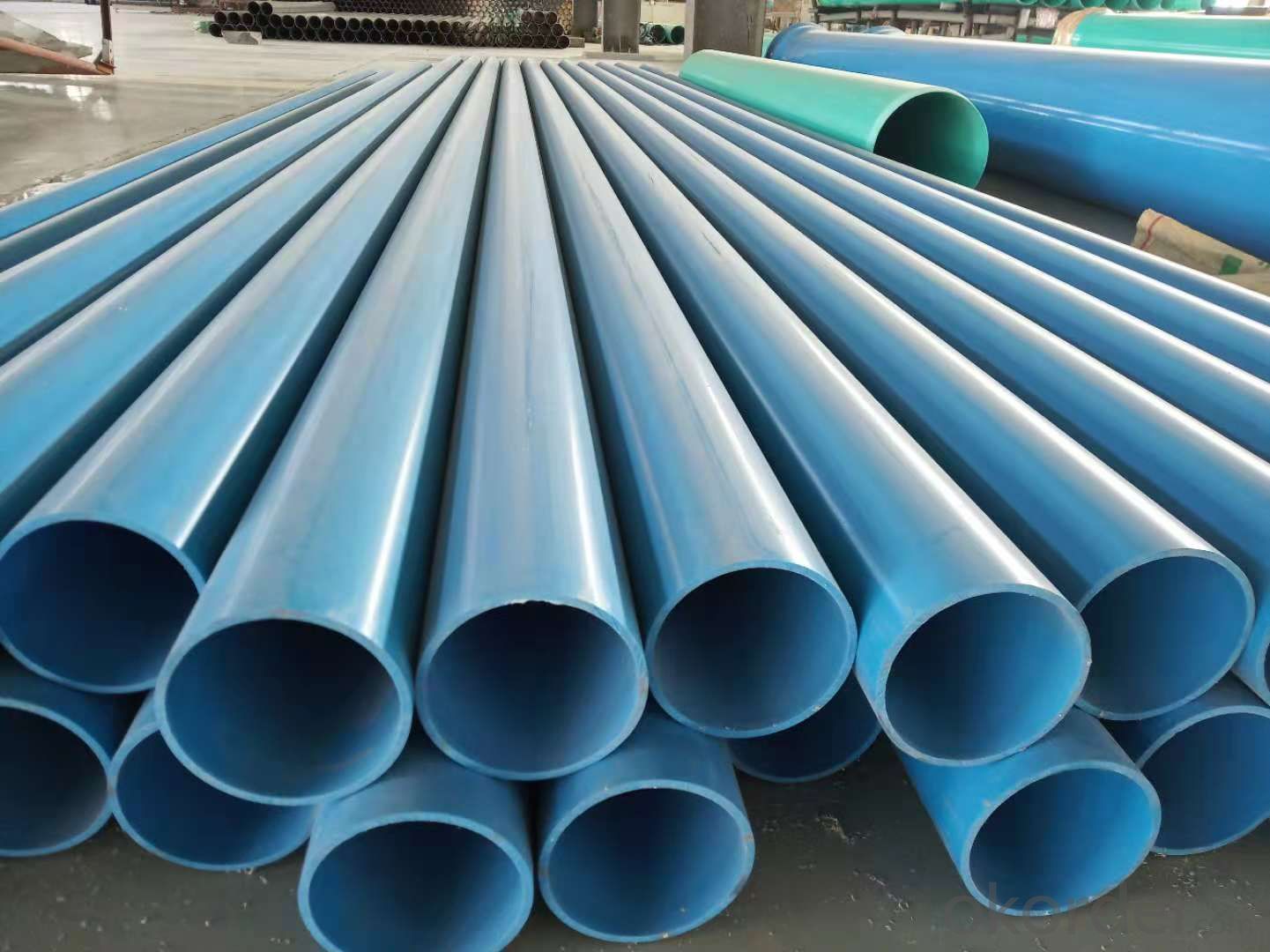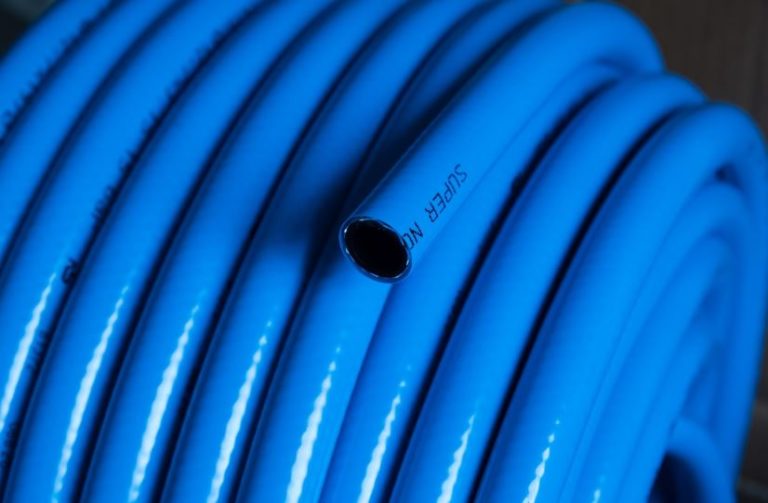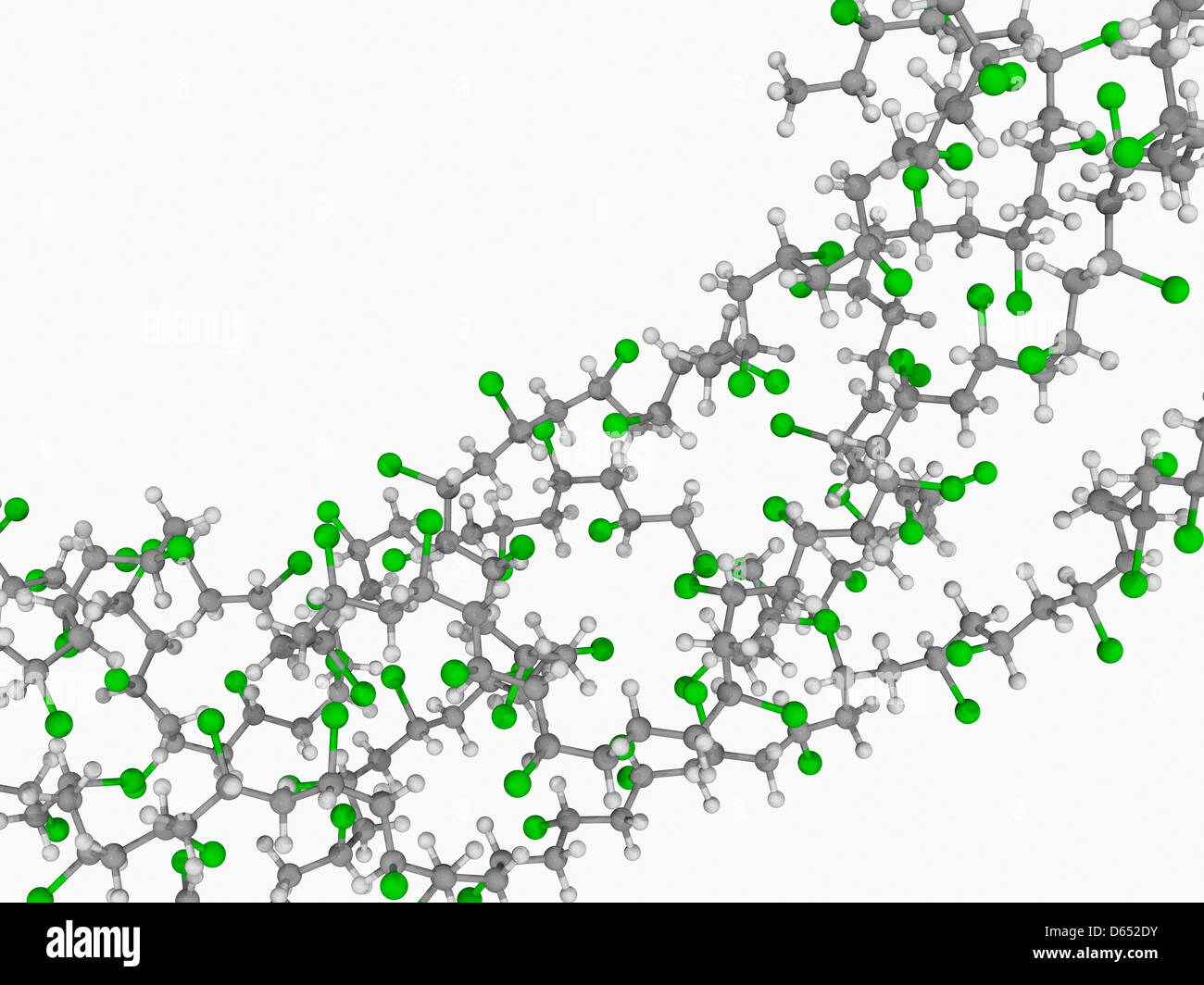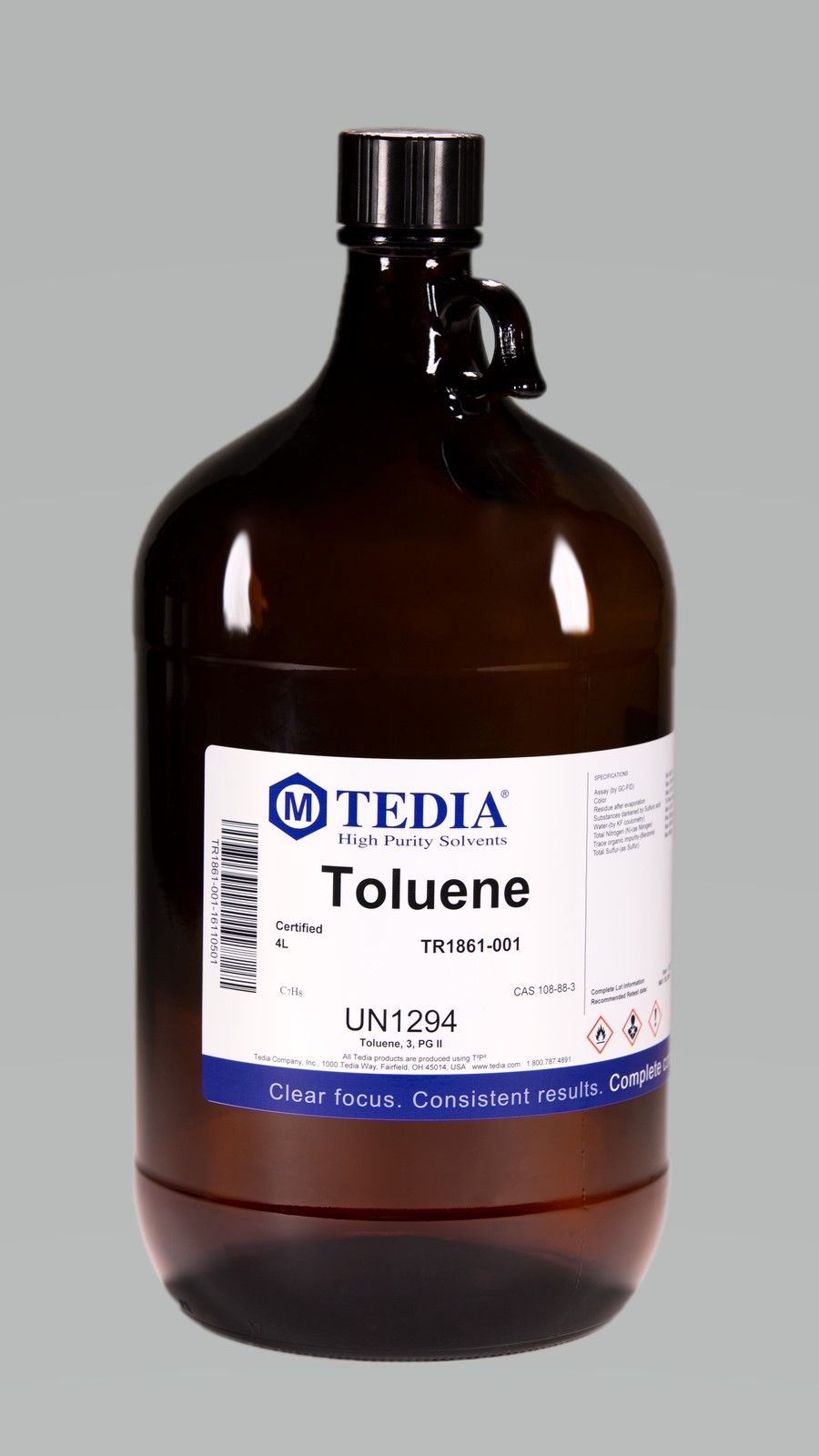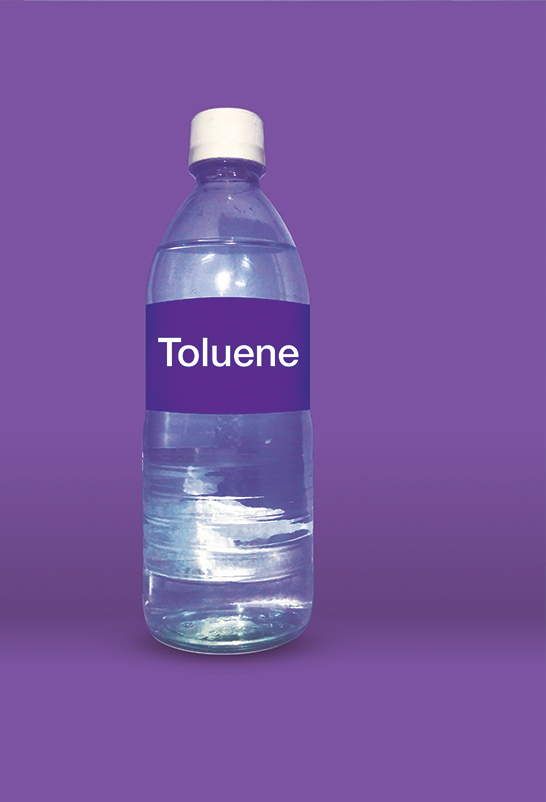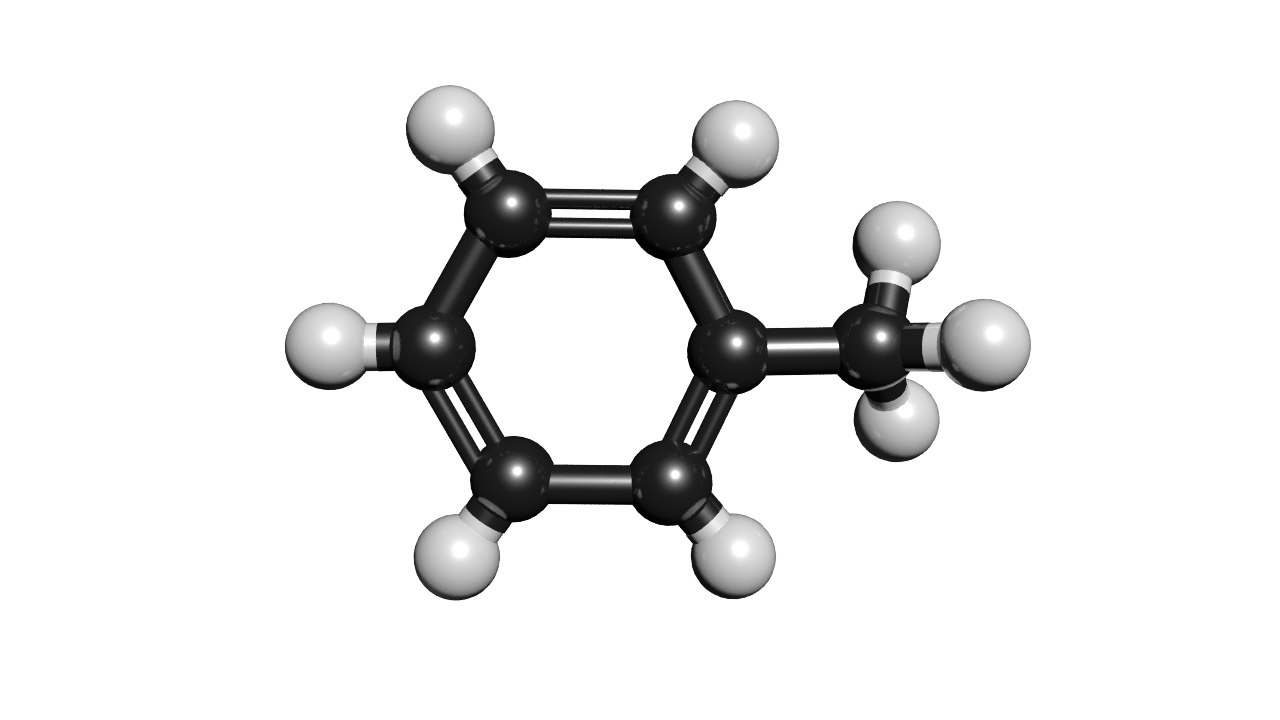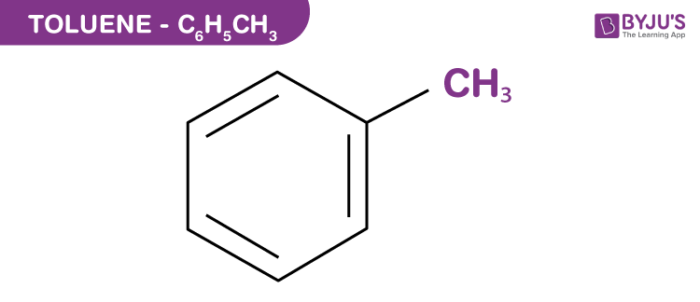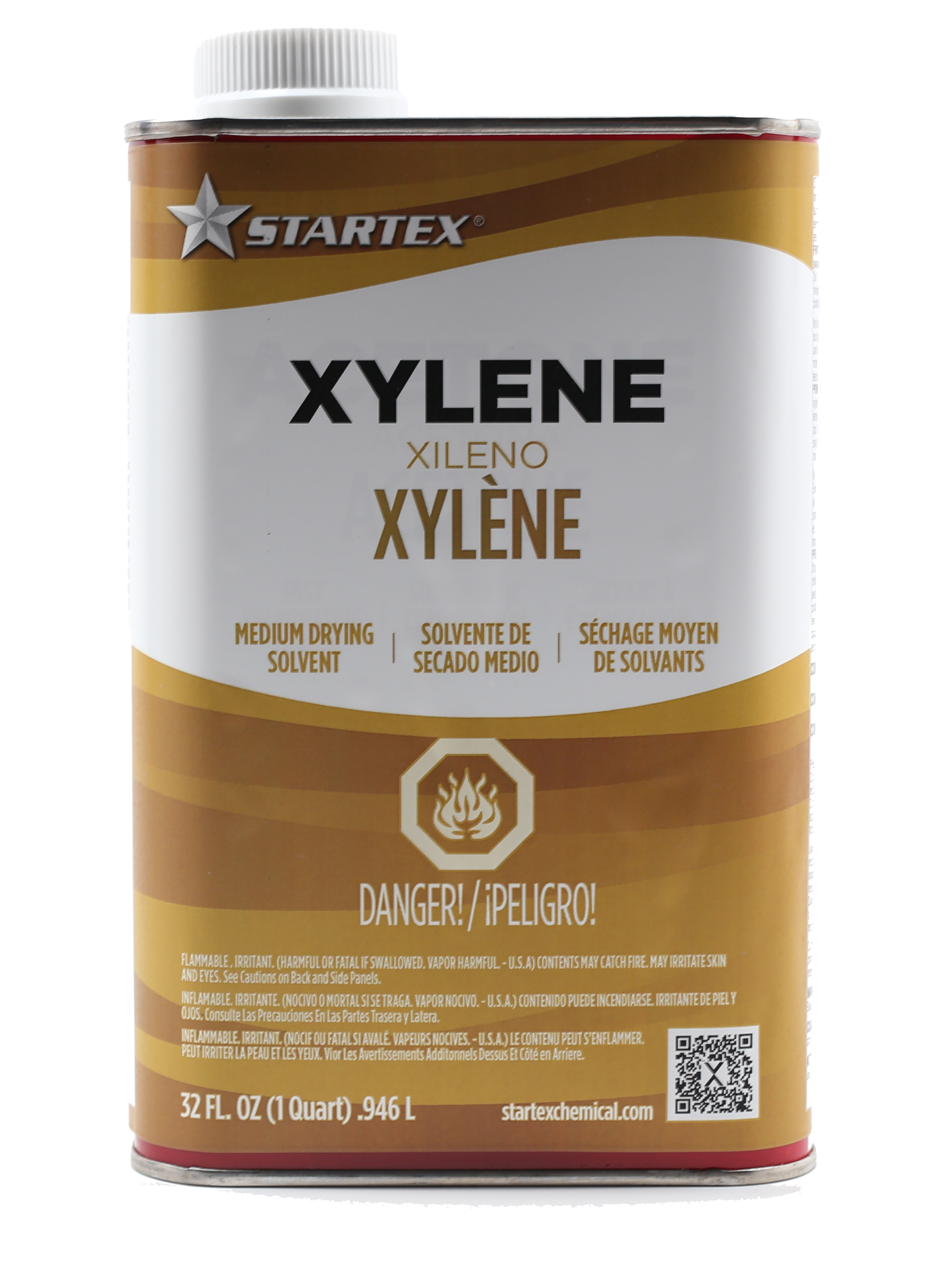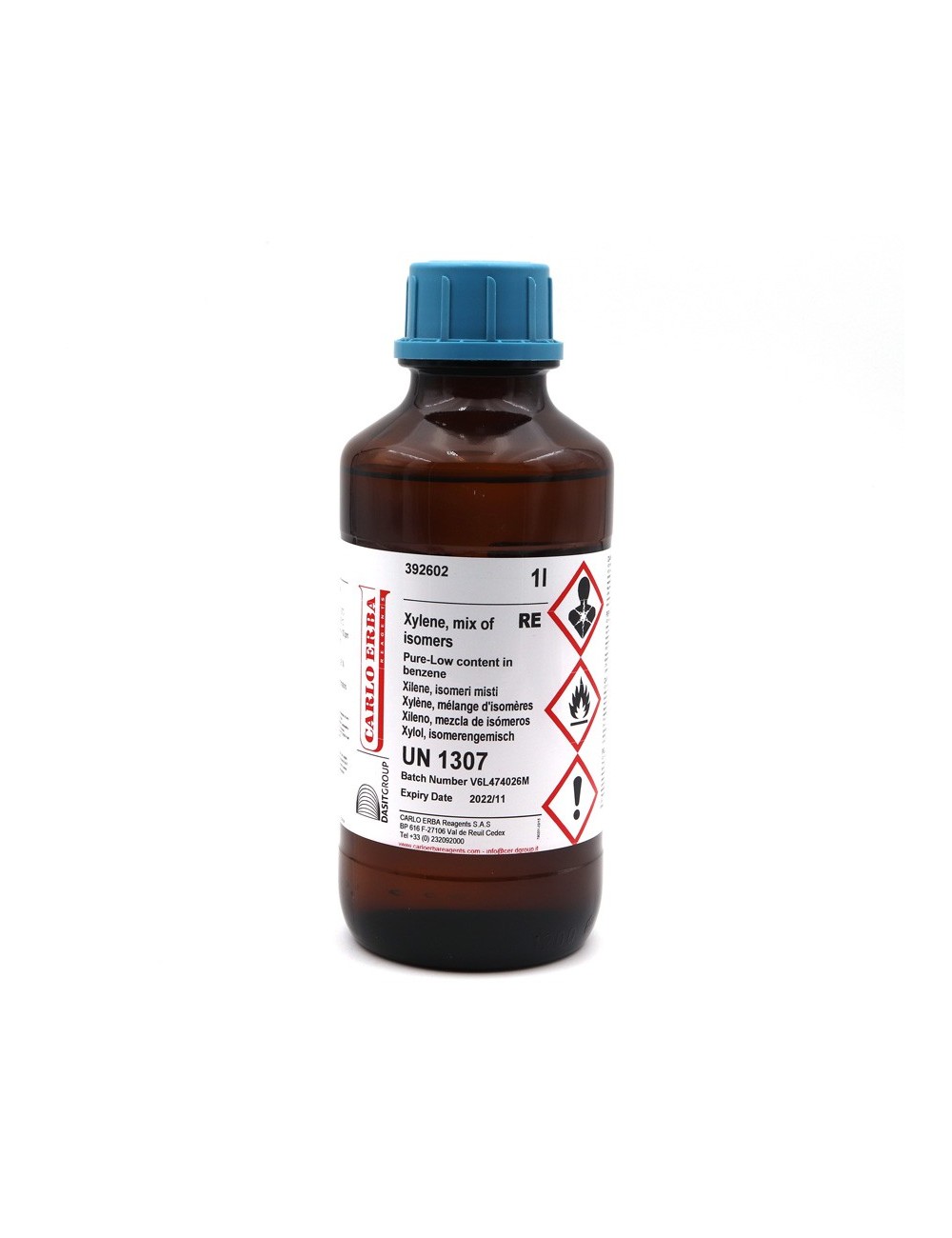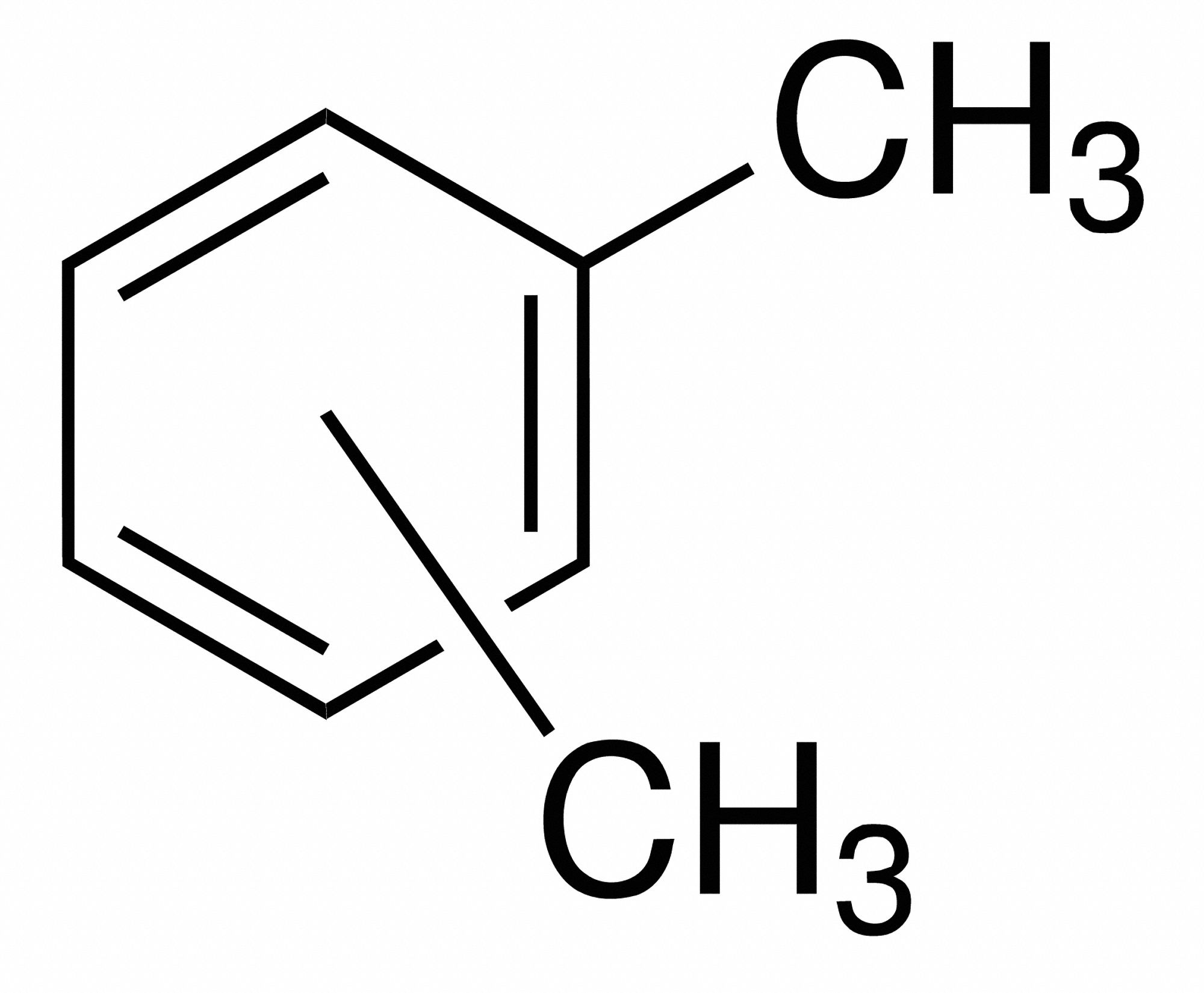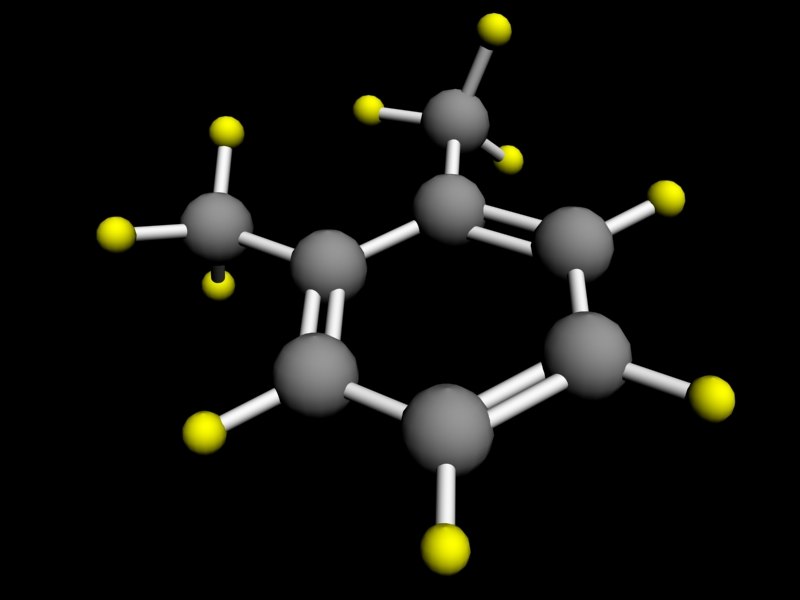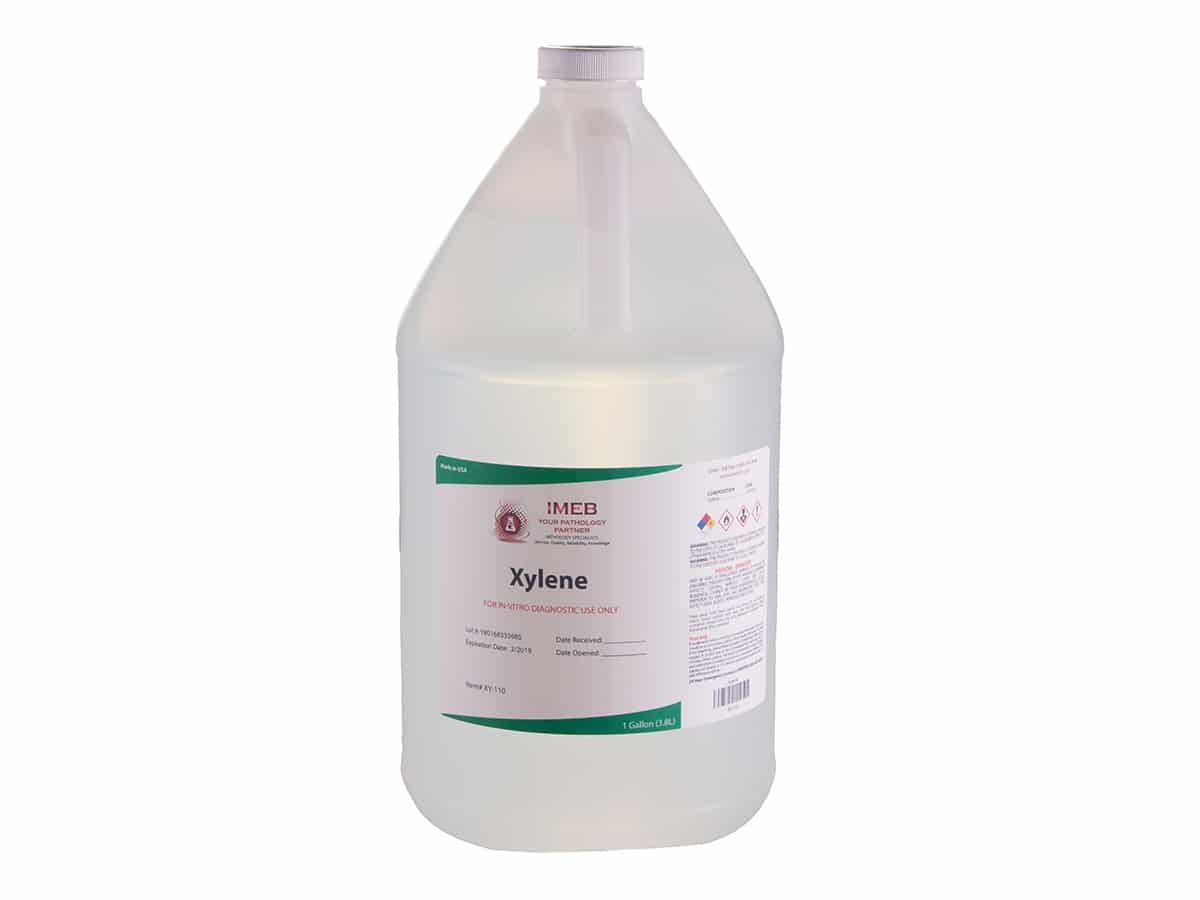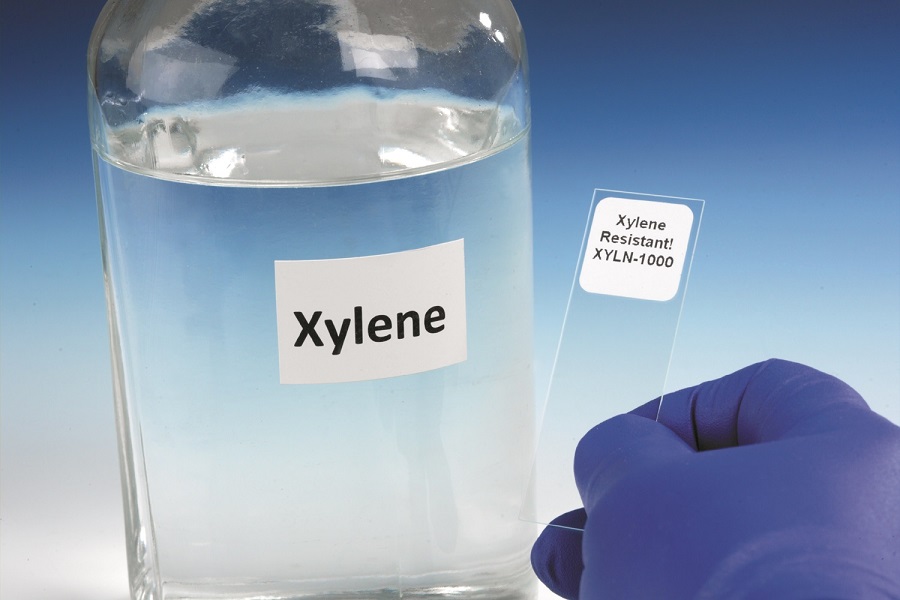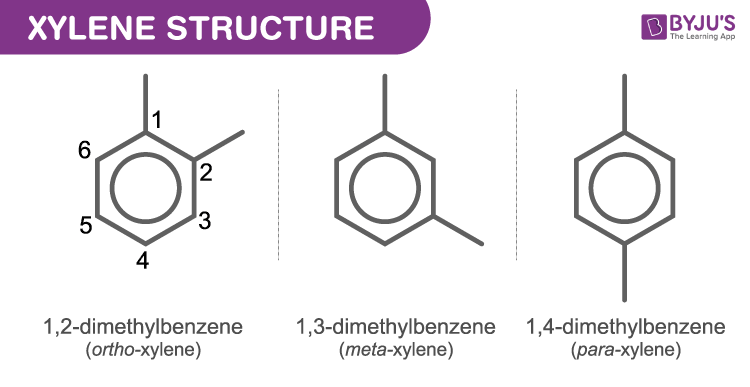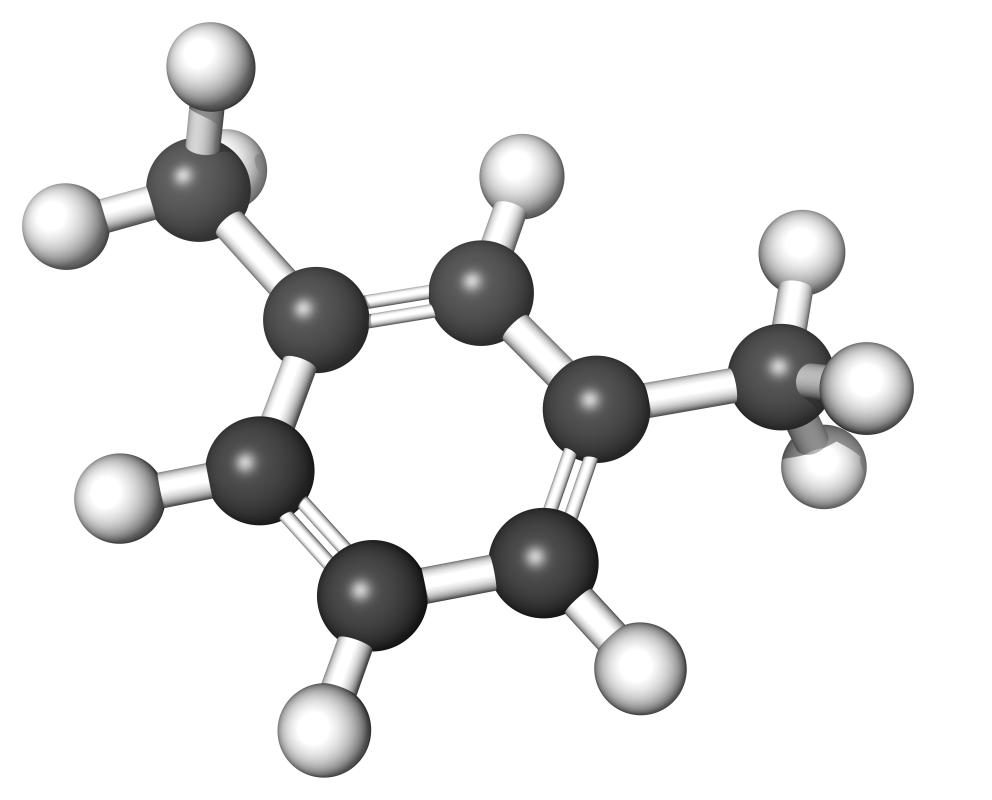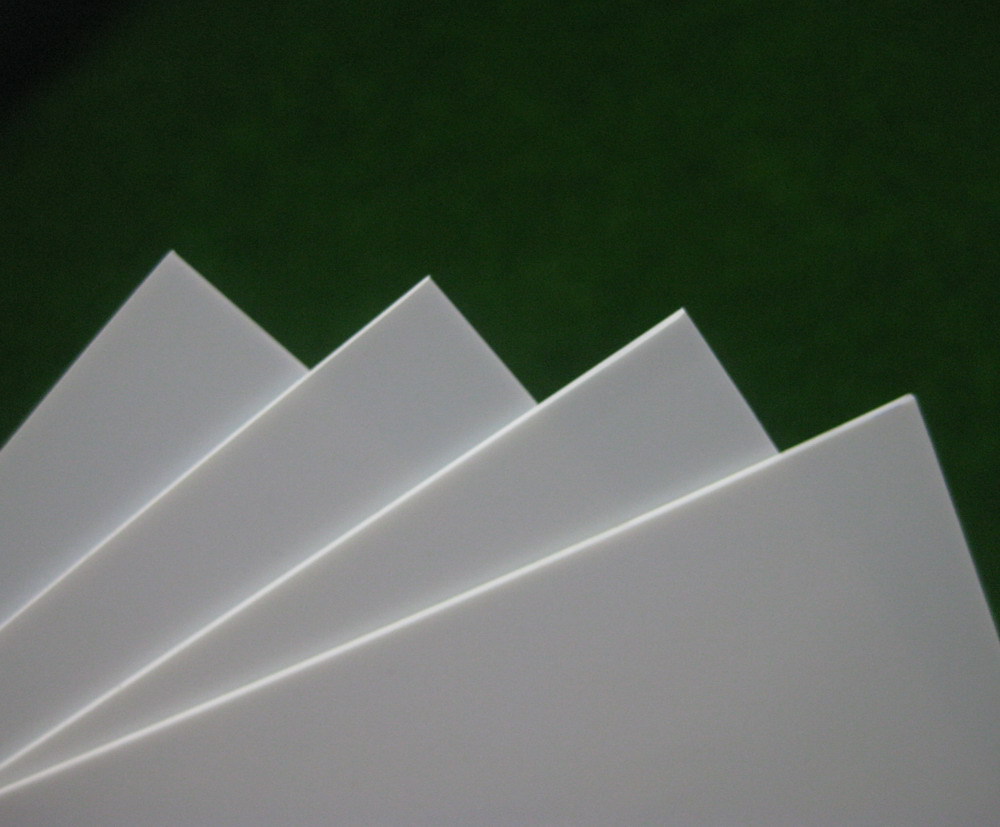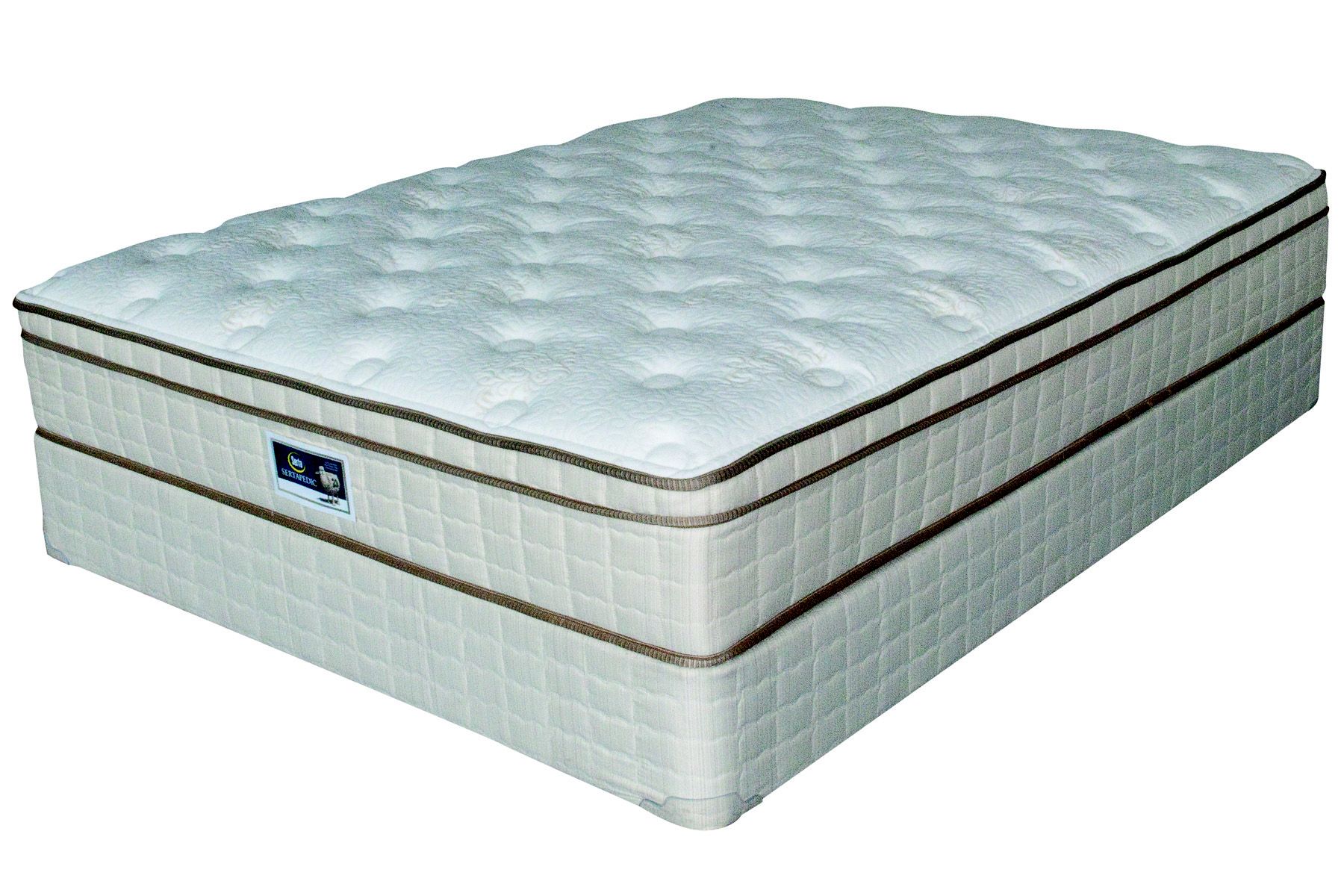Volatile Organic Compounds, or VOCs, are chemicals that can easily evaporate into the air at room temperature. They are commonly used in the manufacturing of air mattresses as adhesives, solvents, and dyes. Some examples of VOCs found in air mattresses include formaldehyde, toluene, and xylene. These chemicals can have negative effects on indoor air quality and can potentially cause health issues such as headaches, dizziness, and irritation of the eyes, nose, and throat.Volatile Organic Compounds (VOCs)
Phthalates are a group of chemicals used as plasticizers in the production of polyvinyl chloride (PVC). They are commonly found in air mattresses as they help to make the material more flexible and durable. However, some phthalates have been linked to health concerns such as reproductive issues and developmental problems in children. The use of phthalates in consumer products has been regulated in some countries due to these potential risks.Phthalates
Formaldehyde is a colorless gas with a strong odor that is commonly used in the production of resins and adhesives. It is also used in the manufacturing of air mattresses as a bonding agent. However, exposure to formaldehyde can cause irritation of the eyes, nose, and throat, as well as respiratory issues. It has also been classified as a carcinogen by the International Agency for Research on Cancer (IARC).Formaldehyde
Polyurethane foam is a popular material used in the production of air mattresses due to its ability to provide comfort and support. However, this foam is made from petrochemicals and can emit VOCs such as benzene, toluene, and styrene. These chemicals have been linked to various health issues, including respiratory problems and nervous system disorders.Polyurethane Foam
Flame retardants are chemicals that are added to materials, including air mattresses, to slow down or prevent the spread of fire. While they may be beneficial in terms of fire safety, they have been linked to health concerns such as thyroid disruption, reproductive issues, and even cancer. Some flame retardants, such as PBDEs, have been banned in certain countries due to their harmful effects.Flame Retardants
Polyvinyl Chloride, also known as PVC, is a type of plastic commonly used in the production of air mattresses. It is inexpensive and has good durability, making it a popular choice for manufacturers. However, the production and disposal of PVC can release harmful chemicals into the environment, and it has been linked to health issues such as cancer and reproductive problems.Polyvinyl Chloride (PVC)
Benzene is a chemical compound that is commonly used in the production of plastics and other materials. It can be found in small amounts in air mattresses, and exposure to high levels of benzene has been linked to an increased risk of leukemia and other blood disorders. It is also a known carcinogen and has been classified as such by the IARC.Benzene
Toluene is a solvent commonly used in the manufacturing of air mattresses. It helps to make the material more flexible and durable. However, exposure to toluene can cause irritation of the eyes, nose, and throat, as well as more serious side effects such as damage to the liver and kidneys. It has also been linked to developmental issues in children.Toluene
Xylene is a chemical that is often used as a solvent in the production of polyurethane foam, which is commonly found in air mattresses. Like toluene, it can cause irritation of the respiratory system, as well as more serious health issues such as damage to the nervous system and kidneys. It has also been linked to developmental problems in children.Xylene
Styrene is a chemical used in the production of polystyrene foam, which is often used as a cushioning material in air mattresses. It has been classified as a possible carcinogen by the IARC, and exposure to high levels of styrene has been linked to respiratory issues and irritation of the eyes, nose, and throat. It has also been associated with nervous system disorders and possibly developmental issues in children.Styrene
The Importance of Considering Chemicals in Air Mattresses for a Healthy Home Design

The Role of Air Mattresses in House Design
 When designing a house, one of the most important factors to consider is the health and well-being of its occupants. A healthy home not only provides a safe and comfortable living space, but it also promotes physical and mental well-being. In recent years, air mattresses have become a popular choice for bedrooms, providing a convenient and versatile sleeping solution. However, many people are unaware of the potential health hazards that may come with using these mattresses due to the presence of
chemicals
used in their production.
When designing a house, one of the most important factors to consider is the health and well-being of its occupants. A healthy home not only provides a safe and comfortable living space, but it also promotes physical and mental well-being. In recent years, air mattresses have become a popular choice for bedrooms, providing a convenient and versatile sleeping solution. However, many people are unaware of the potential health hazards that may come with using these mattresses due to the presence of
chemicals
used in their production.
The Dangers of Chemicals in Air Mattresses
 Air mattresses are typically made of PVC, a type of plastic that is known to contain harmful chemicals such as phthalates and volatile organic compounds (VOCs). These chemicals can be released into the air, especially when the mattress is new or exposed to high temperatures.
Phthalates
, in particular, have been linked to various health issues, including respiratory problems, allergies, and even hormonal imbalances. Exposure to
VOCs
can also cause headaches, nausea, and other respiratory problems.
Air mattresses are typically made of PVC, a type of plastic that is known to contain harmful chemicals such as phthalates and volatile organic compounds (VOCs). These chemicals can be released into the air, especially when the mattress is new or exposed to high temperatures.
Phthalates
, in particular, have been linked to various health issues, including respiratory problems, allergies, and even hormonal imbalances. Exposure to
VOCs
can also cause headaches, nausea, and other respiratory problems.
The Impact on Indoor Air Quality
 As air mattresses are used indoors, the chemicals present in them can have a direct impact on the
indoor air quality
of your home. Poor indoor air quality can lead to a range of health problems, from minor irritations to more serious respiratory issues. This is especially concerning for young children and individuals with pre-existing health conditions. Additionally, prolonged exposure to these chemicals can have long-term effects on one's health.
As air mattresses are used indoors, the chemicals present in them can have a direct impact on the
indoor air quality
of your home. Poor indoor air quality can lead to a range of health problems, from minor irritations to more serious respiratory issues. This is especially concerning for young children and individuals with pre-existing health conditions. Additionally, prolonged exposure to these chemicals can have long-term effects on one's health.
Choosing Safer Alternatives
 Fortunately, there are safer alternatives to traditional air mattresses that are free from harmful chemicals. Look for mattresses that are made from natural materials, such as organic cotton or latex, which are less likely to emit harmful chemicals. You can also opt for mattresses that are labeled as
low VOC
or
phthalate-free
. These options may be more expensive, but the long-term benefits to your health and well-being are worth the investment.
Fortunately, there are safer alternatives to traditional air mattresses that are free from harmful chemicals. Look for mattresses that are made from natural materials, such as organic cotton or latex, which are less likely to emit harmful chemicals. You can also opt for mattresses that are labeled as
low VOC
or
phthalate-free
. These options may be more expensive, but the long-term benefits to your health and well-being are worth the investment.
In Conclusion
 When it comes to house design, it is important to consider all aspects of a healthy home, including the materials used in the furniture and accessories. Choosing an air mattress that is free from harmful chemicals is crucial in promoting a healthier indoor environment for you and your loved ones. So, the next time you are shopping for an air mattress, be sure to
look for safer and more eco-friendly options
to ensure a healthier and more comfortable living space.
When it comes to house design, it is important to consider all aspects of a healthy home, including the materials used in the furniture and accessories. Choosing an air mattress that is free from harmful chemicals is crucial in promoting a healthier indoor environment for you and your loved ones. So, the next time you are shopping for an air mattress, be sure to
look for safer and more eco-friendly options
to ensure a healthier and more comfortable living space.




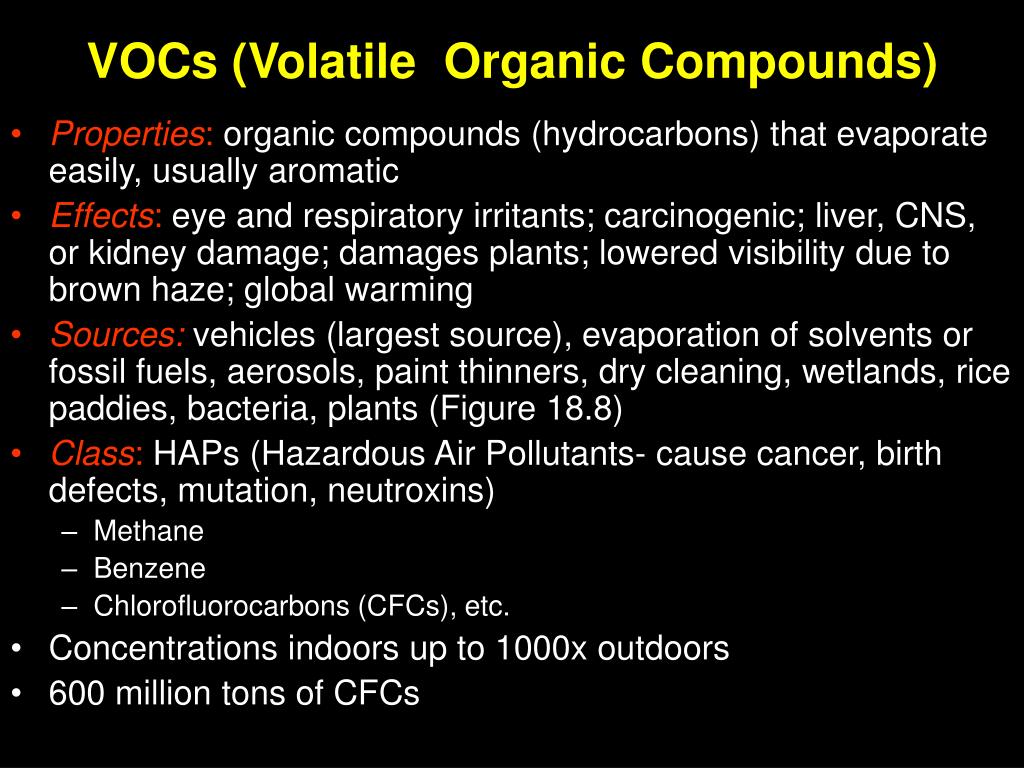

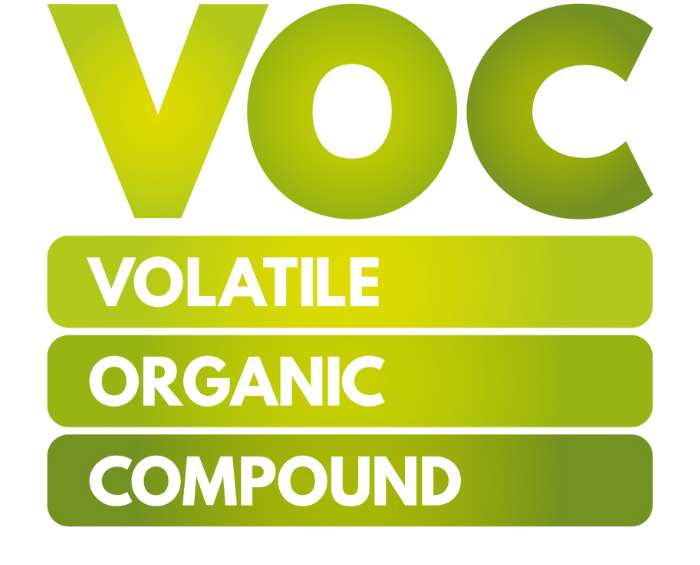

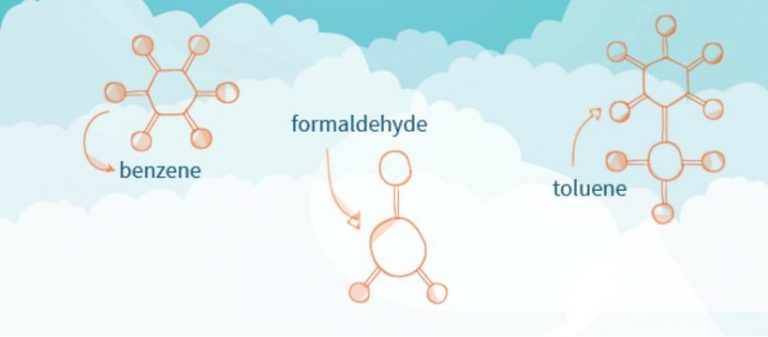



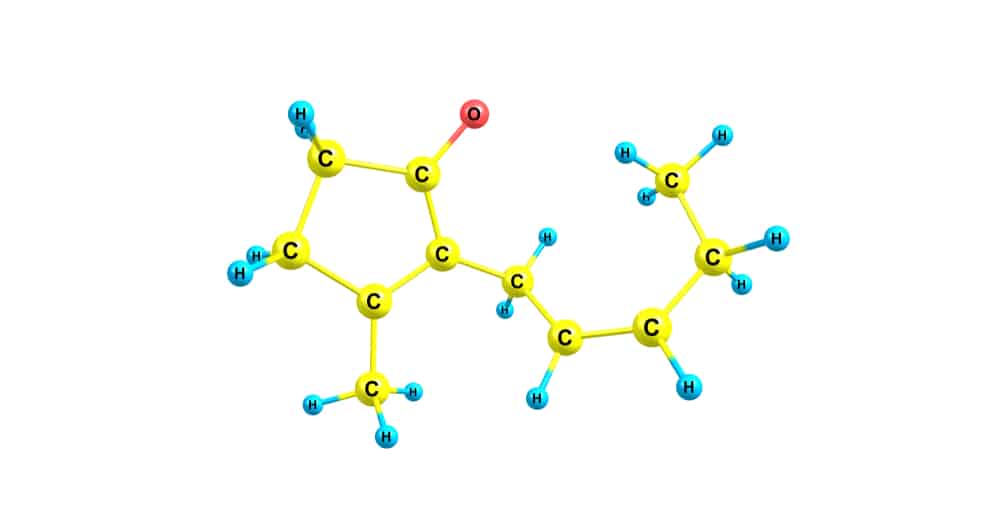
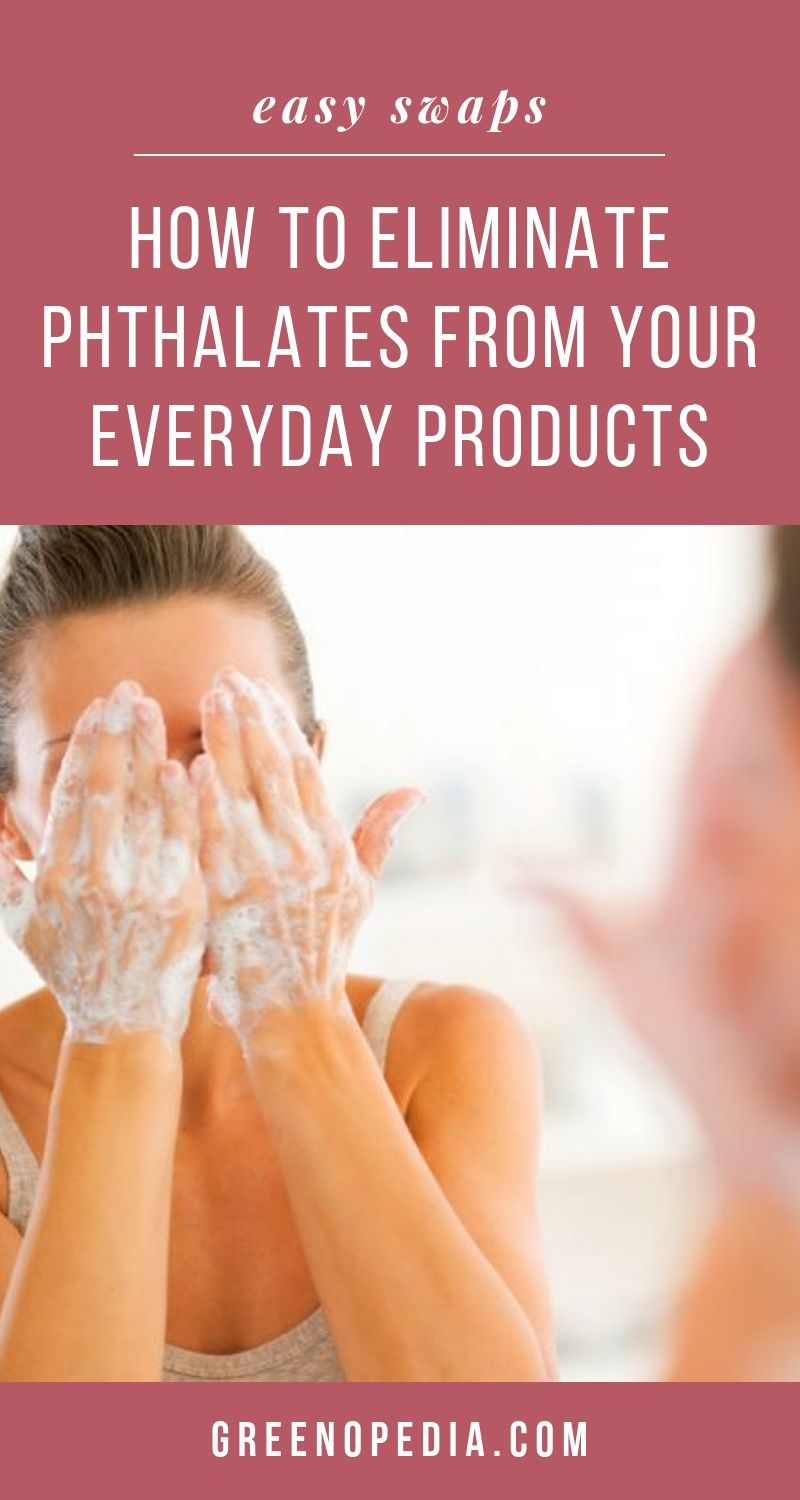
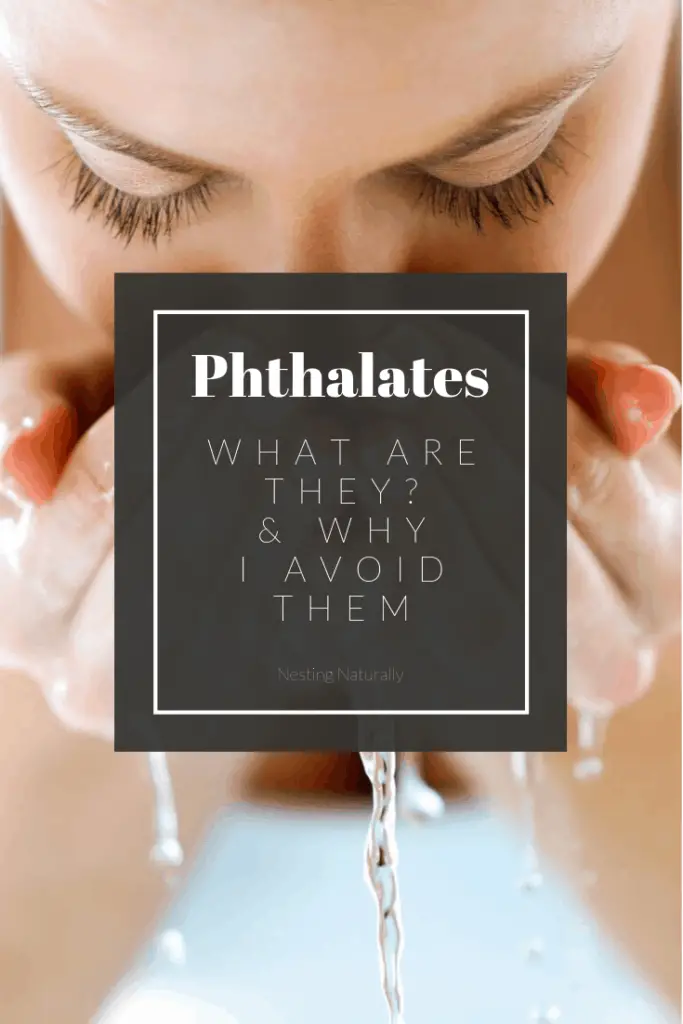


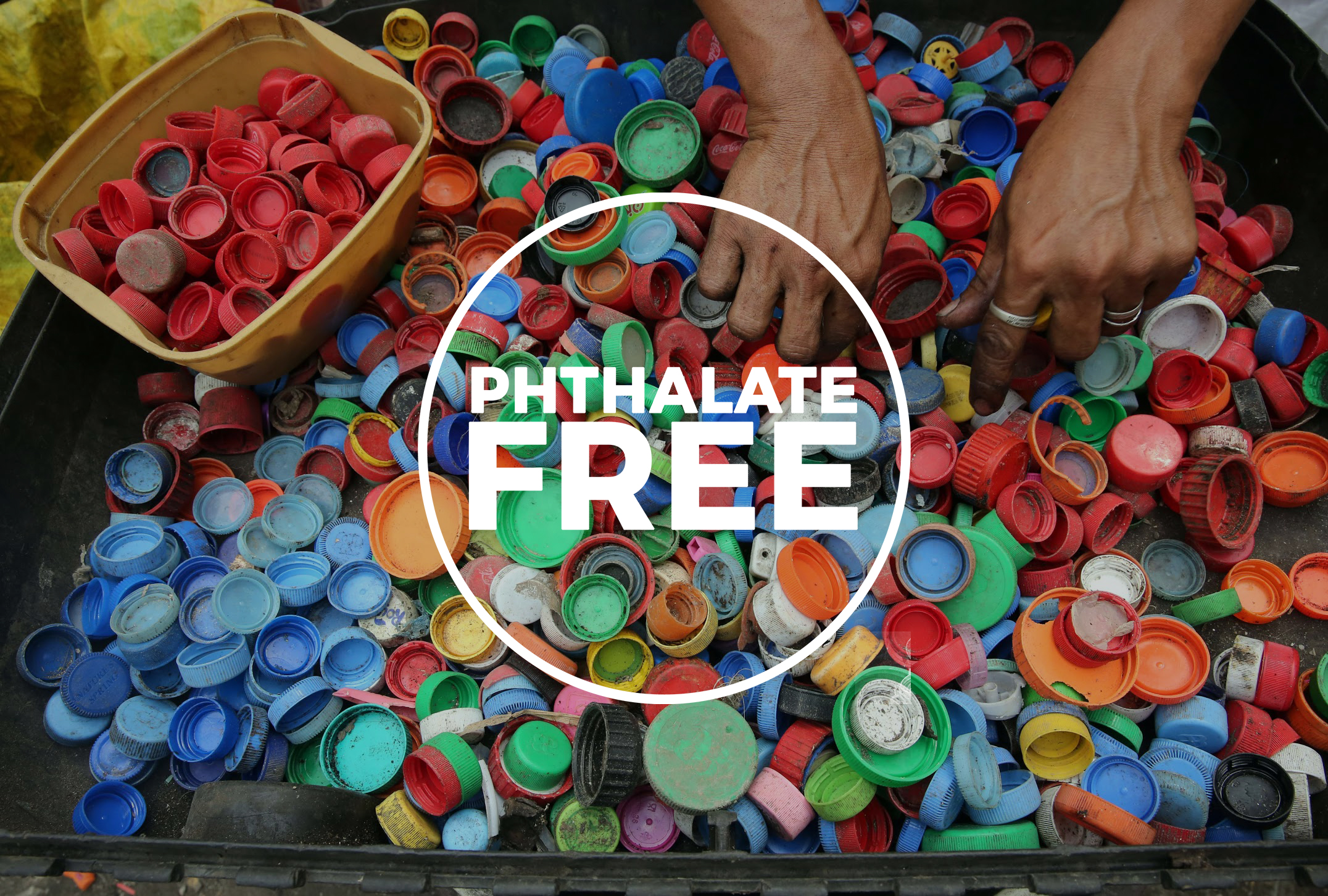
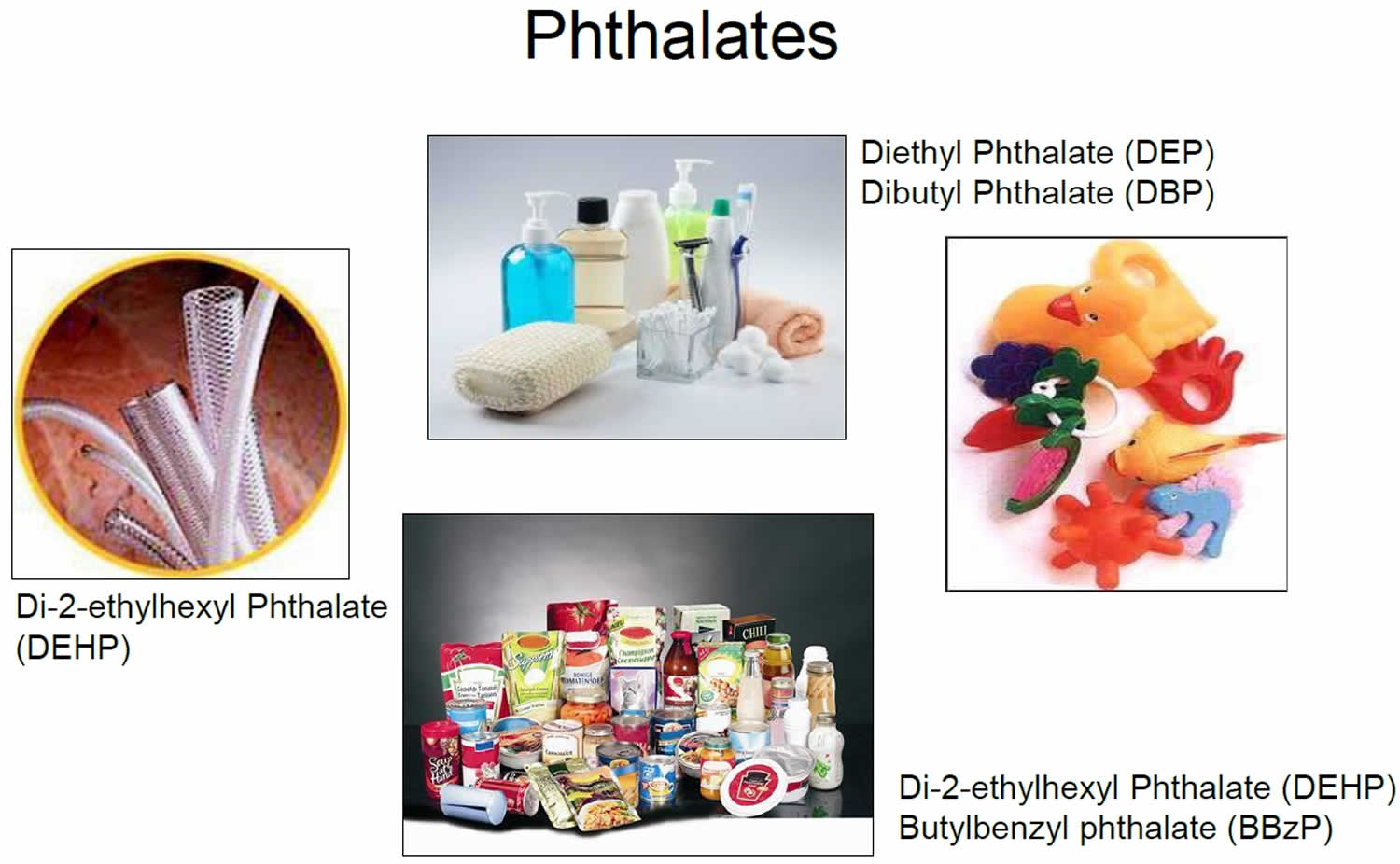



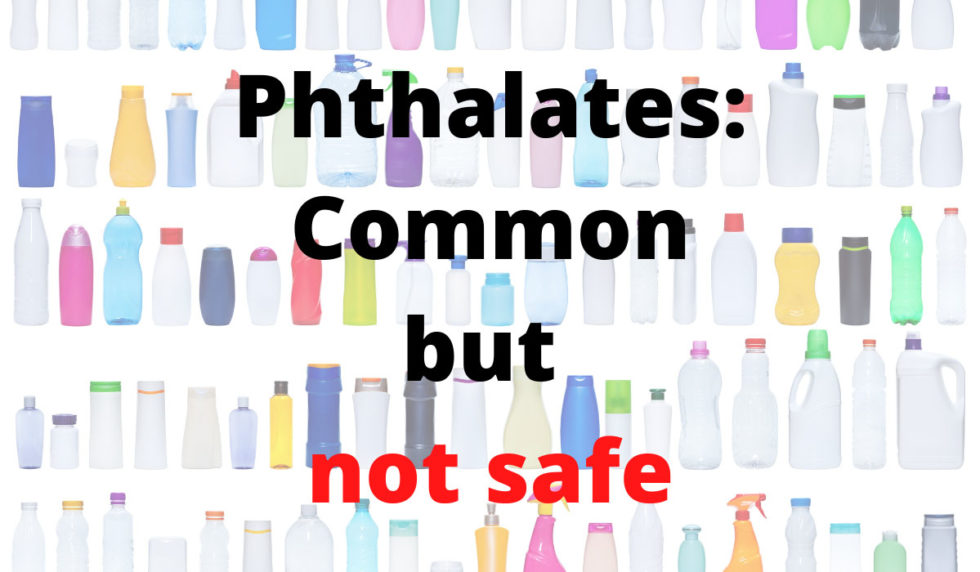
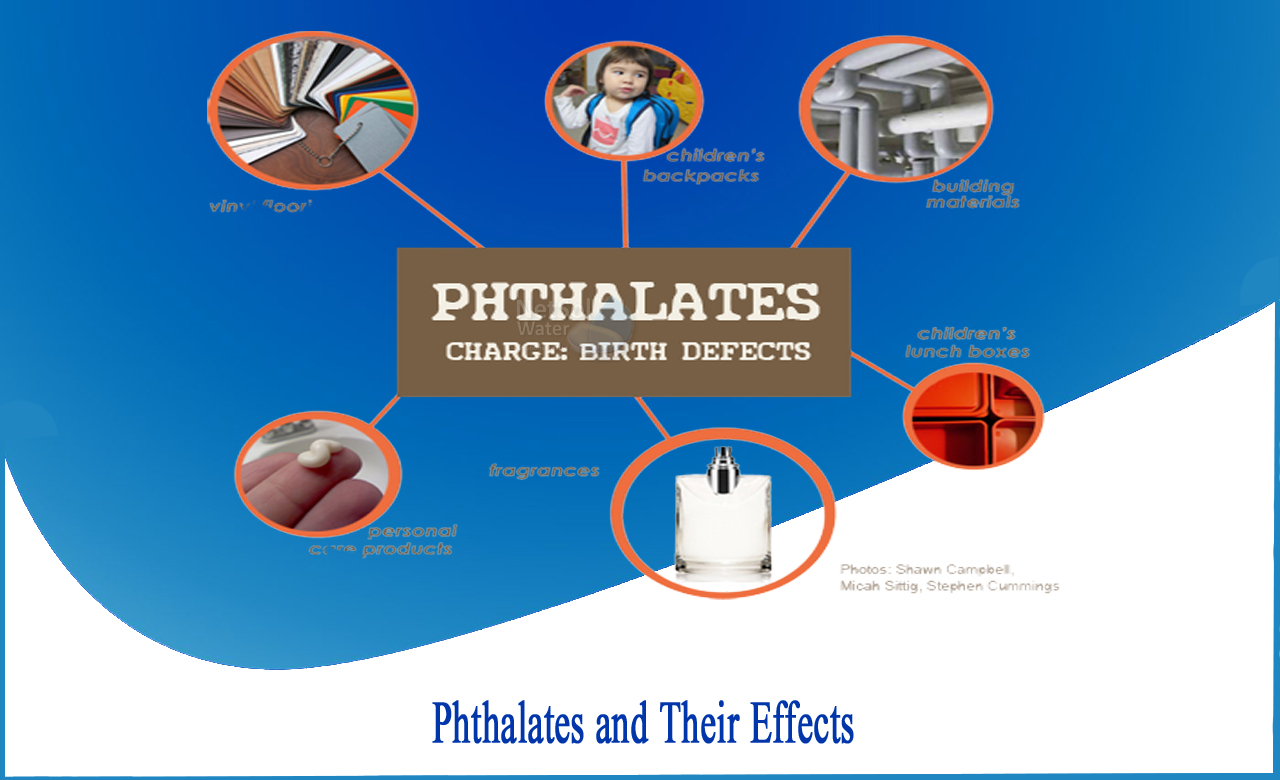

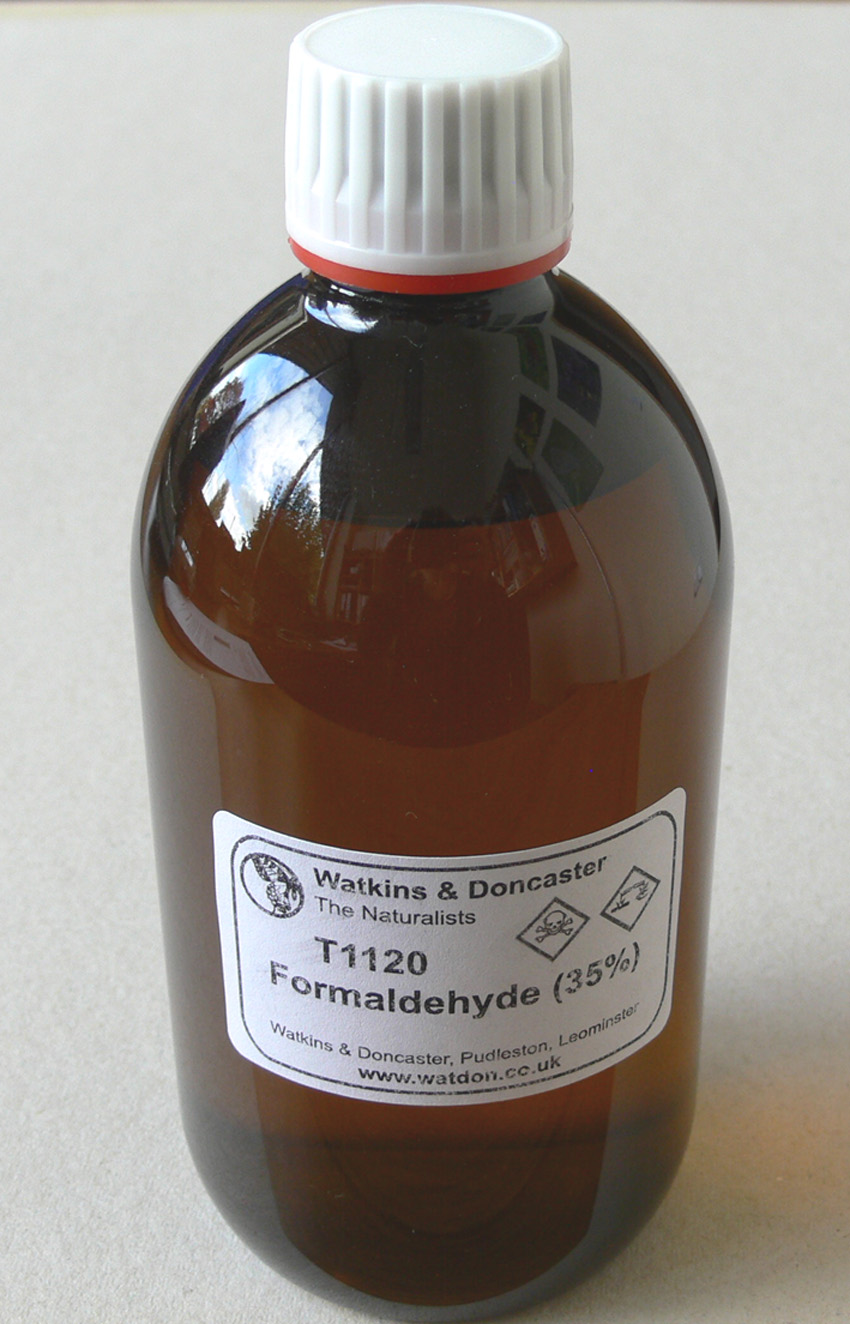
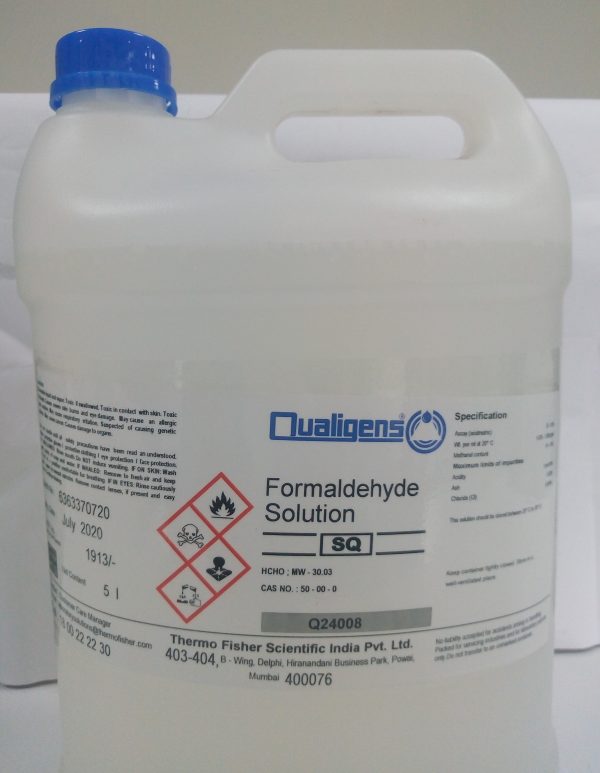


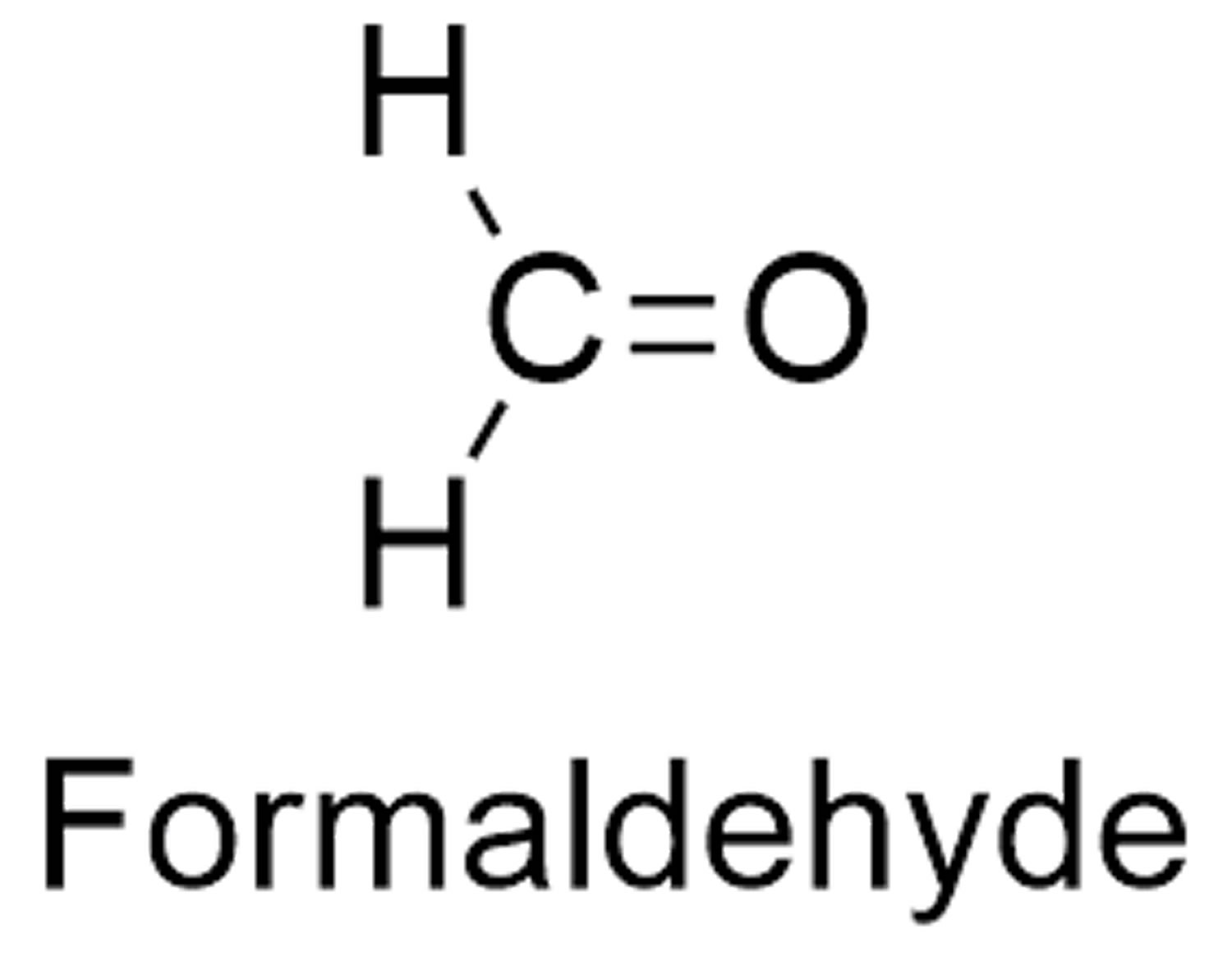

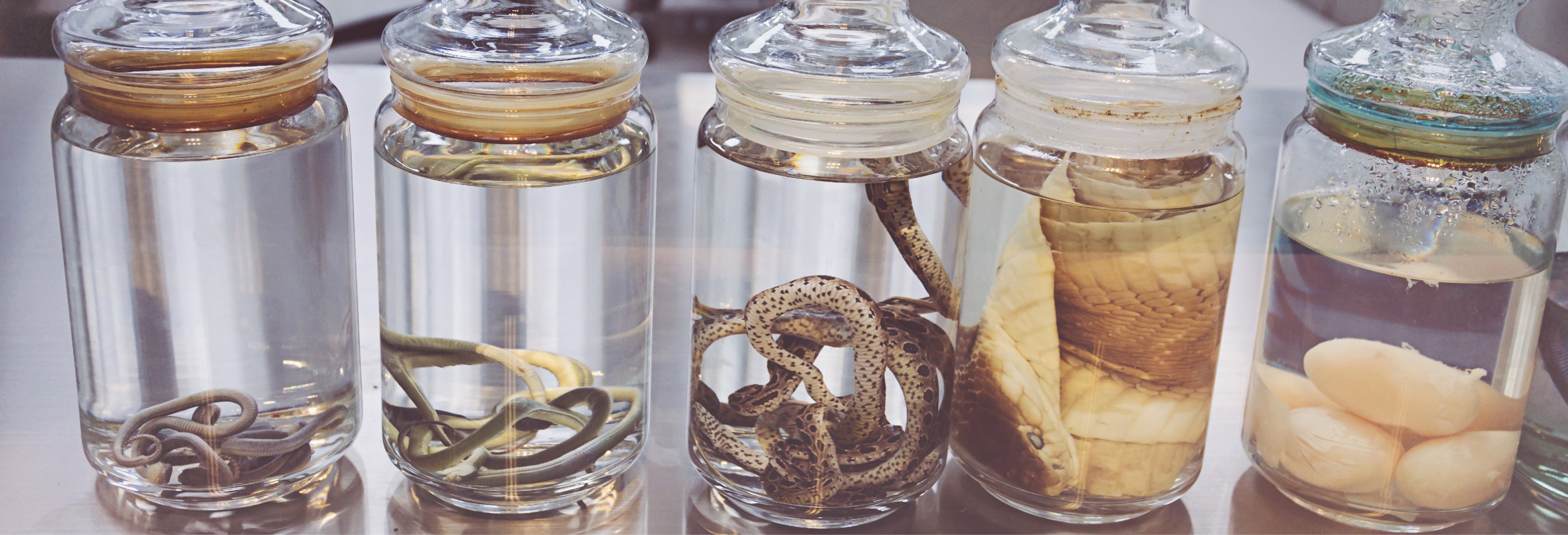


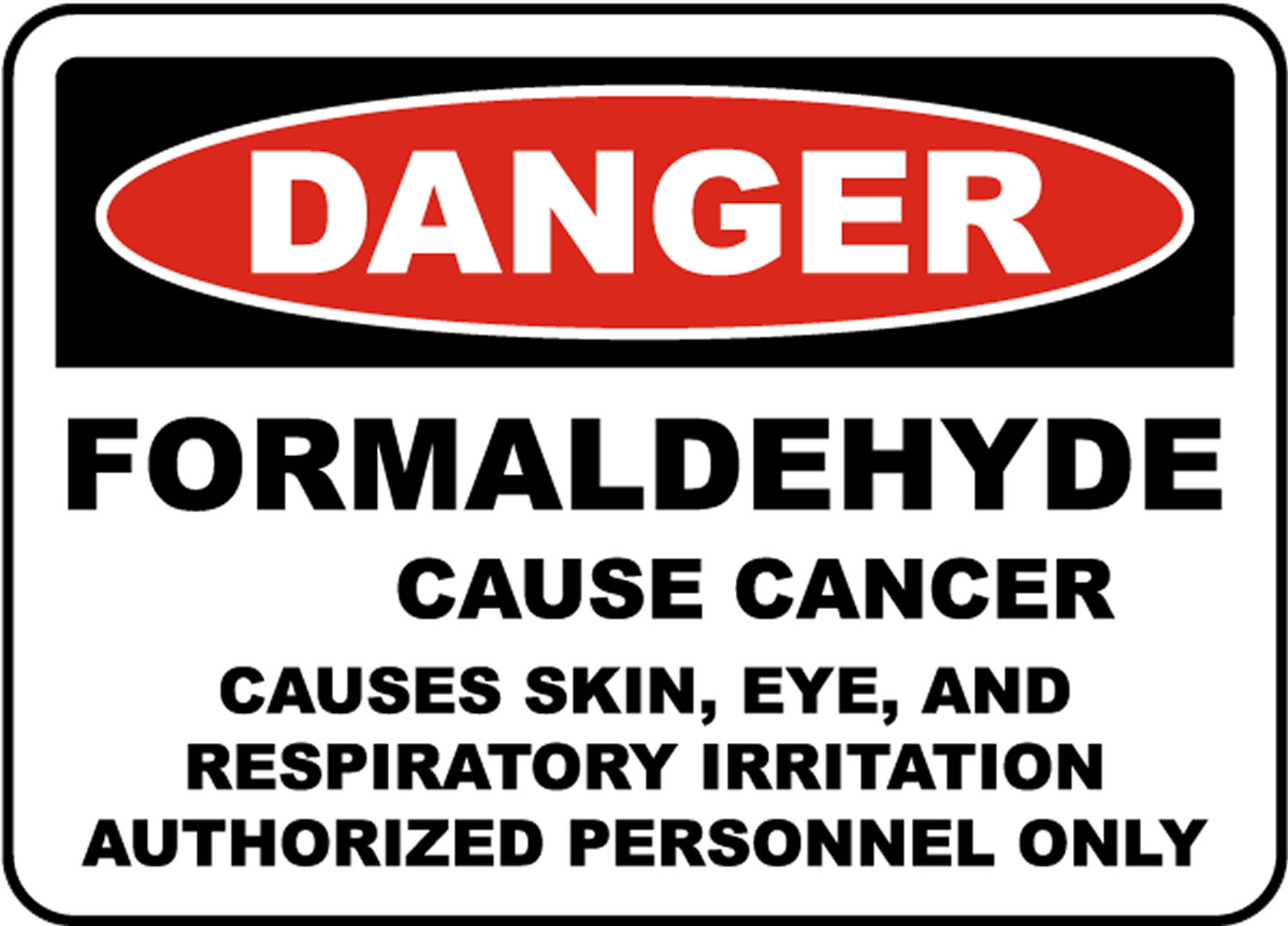
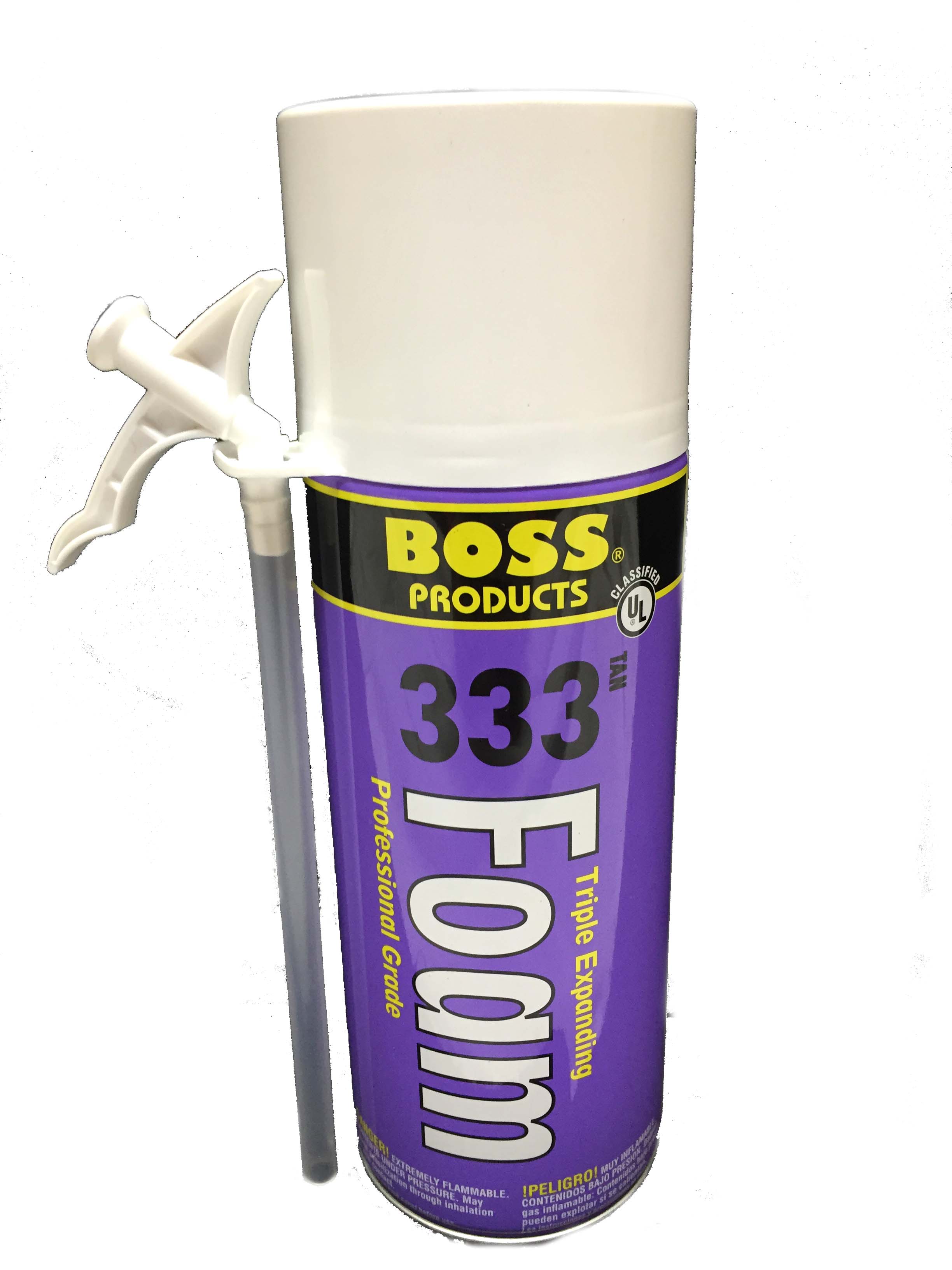

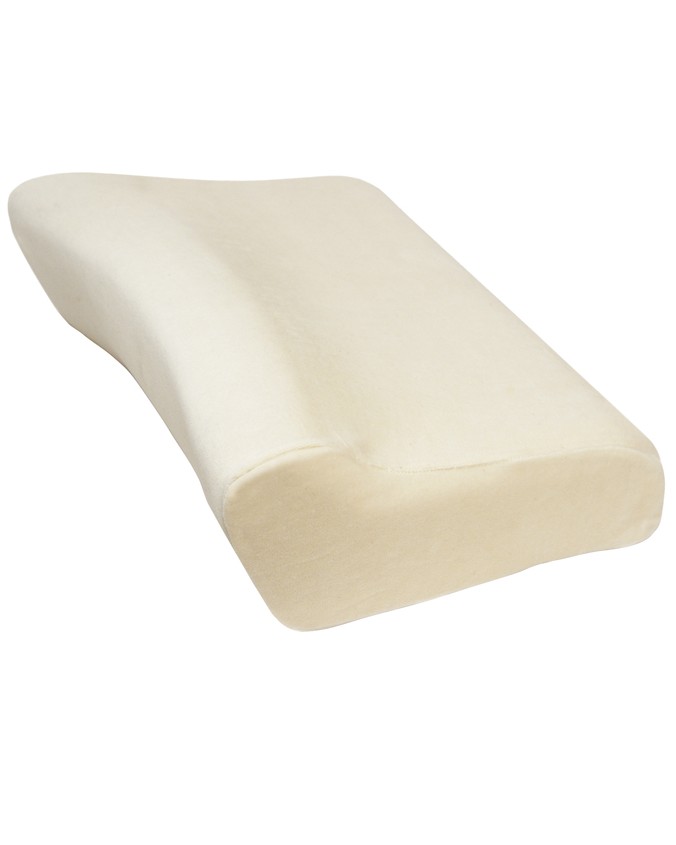

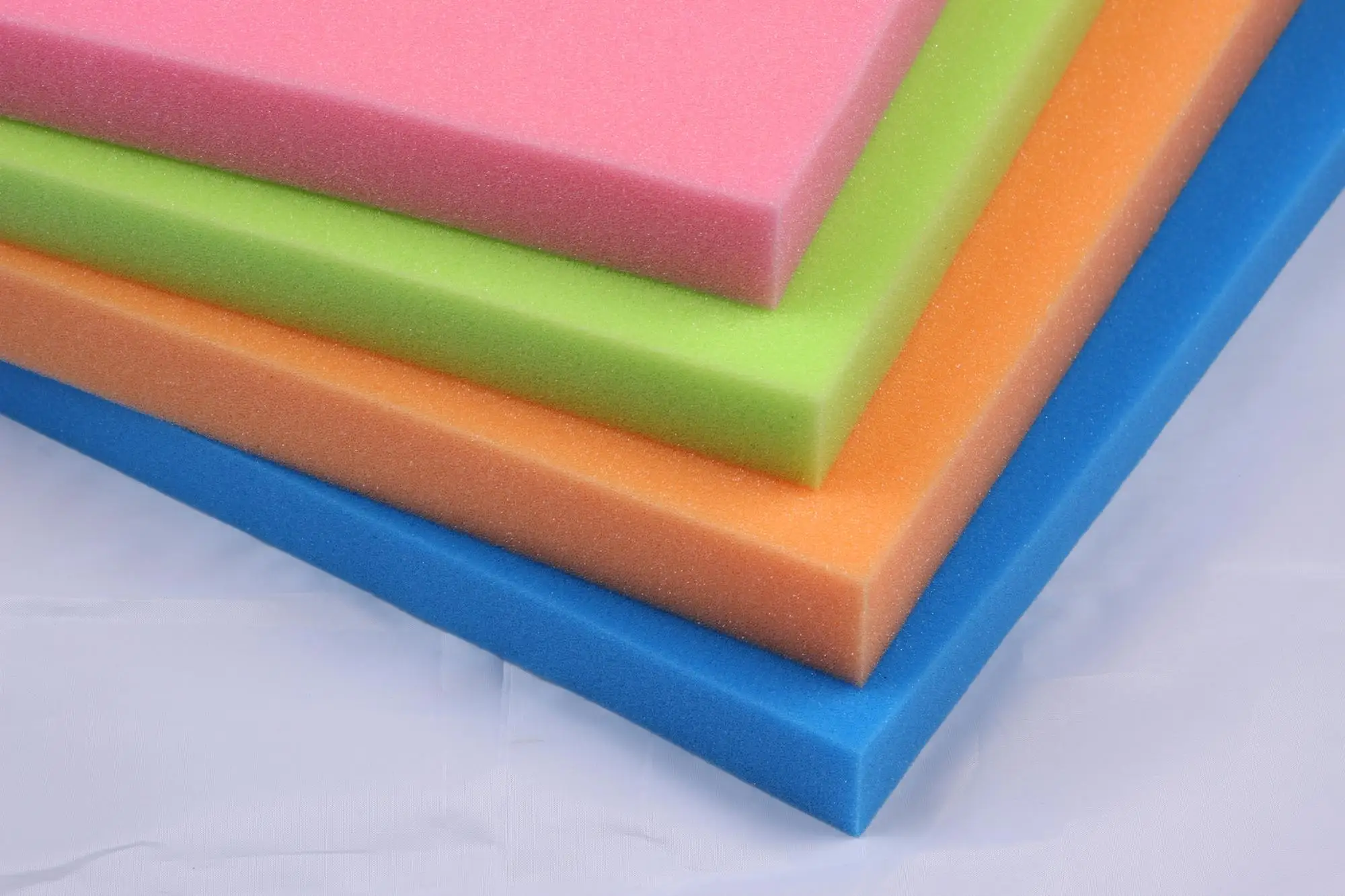

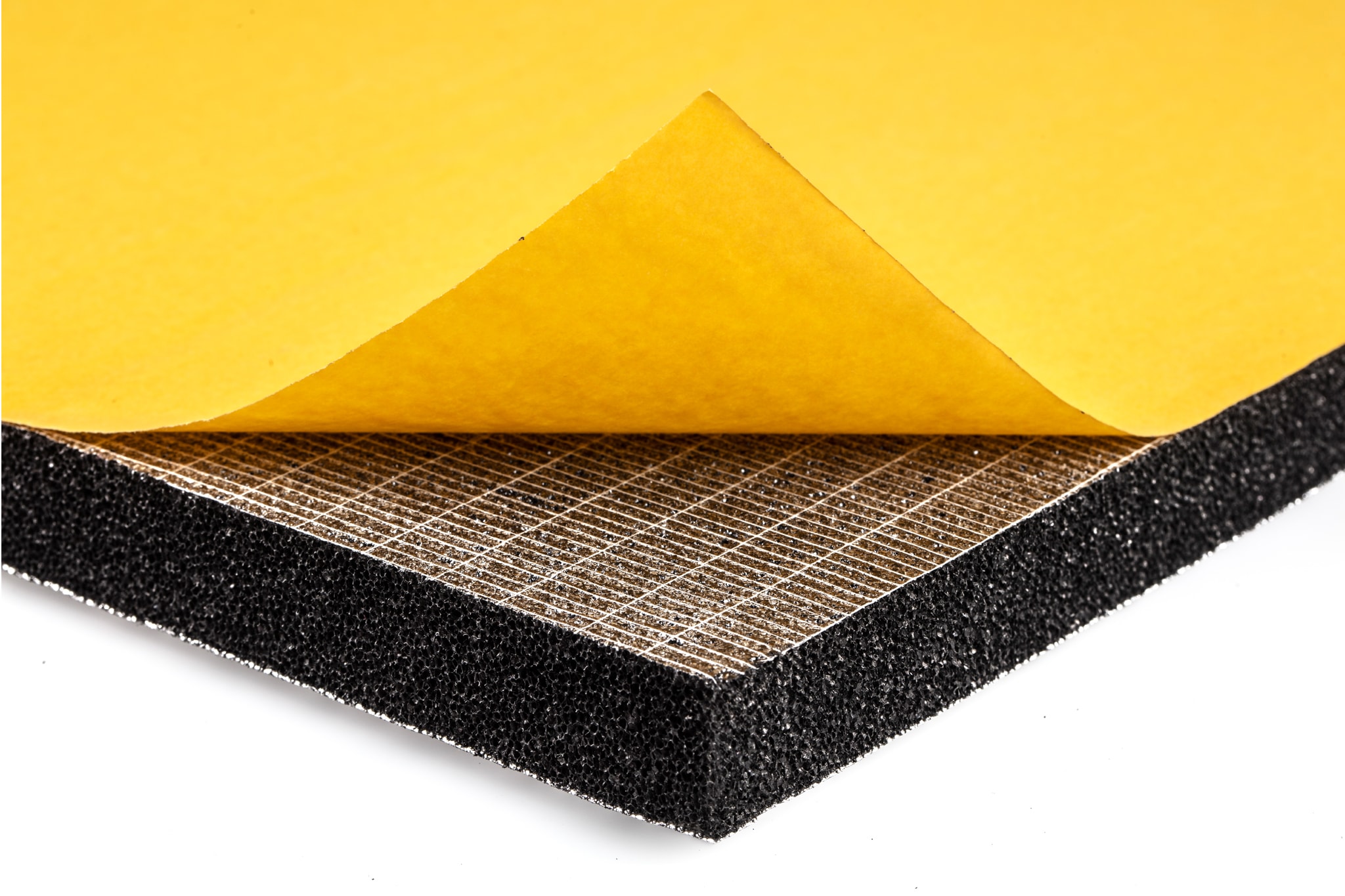



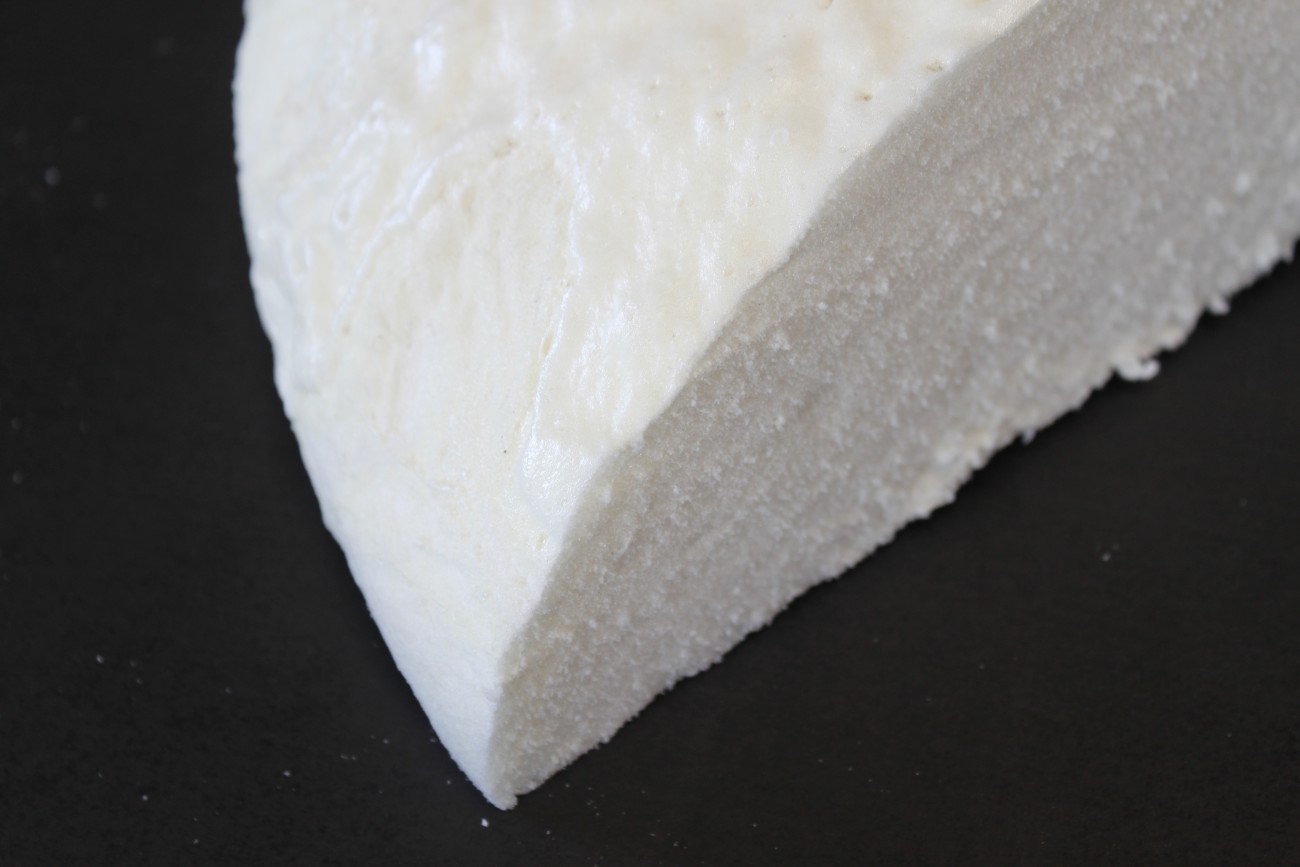
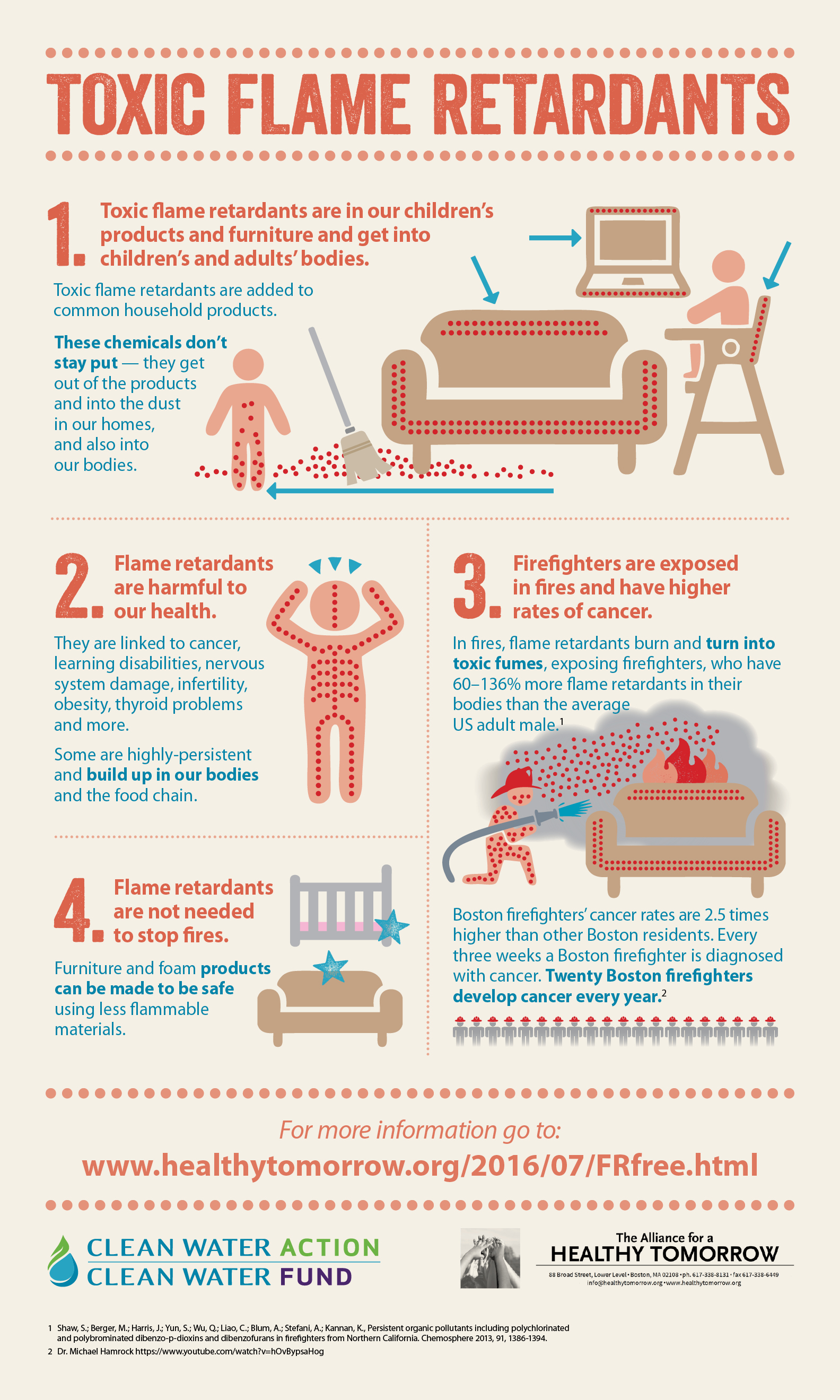


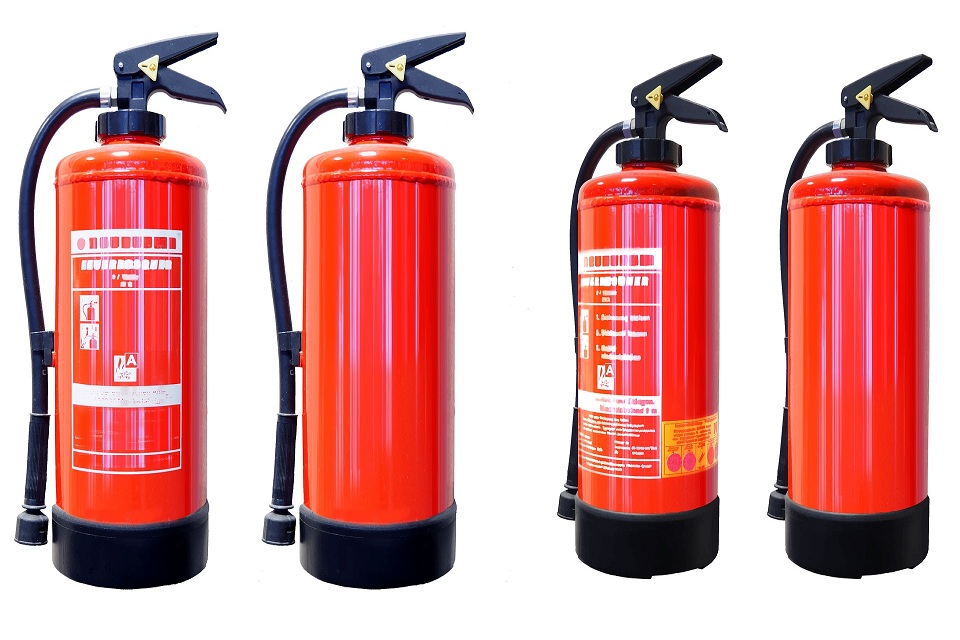




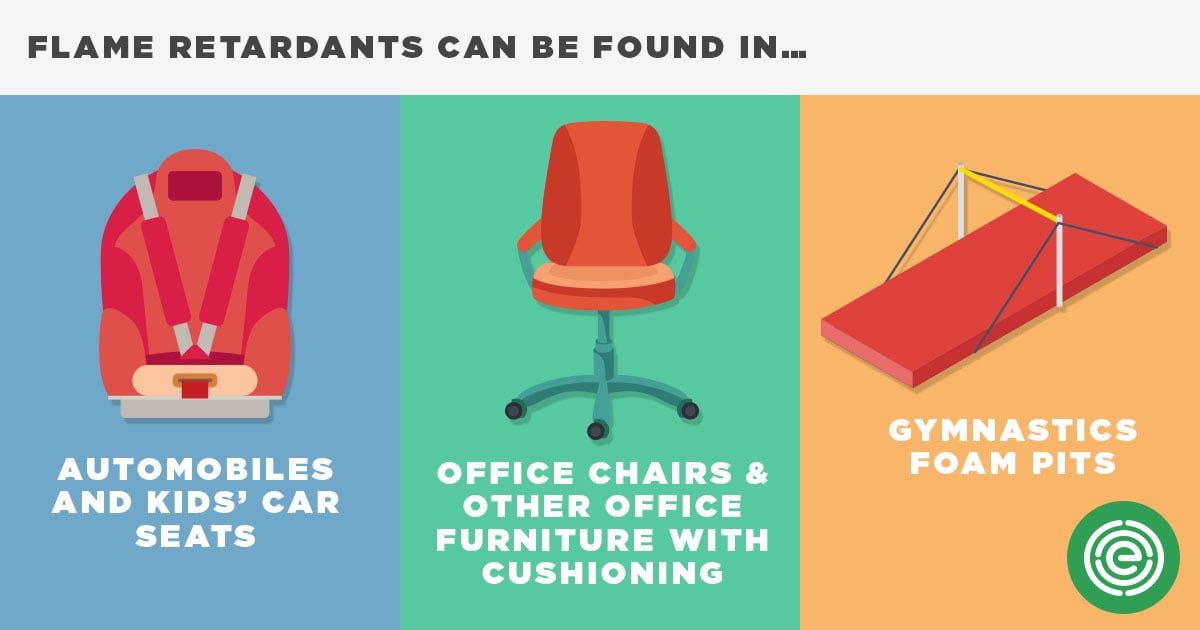



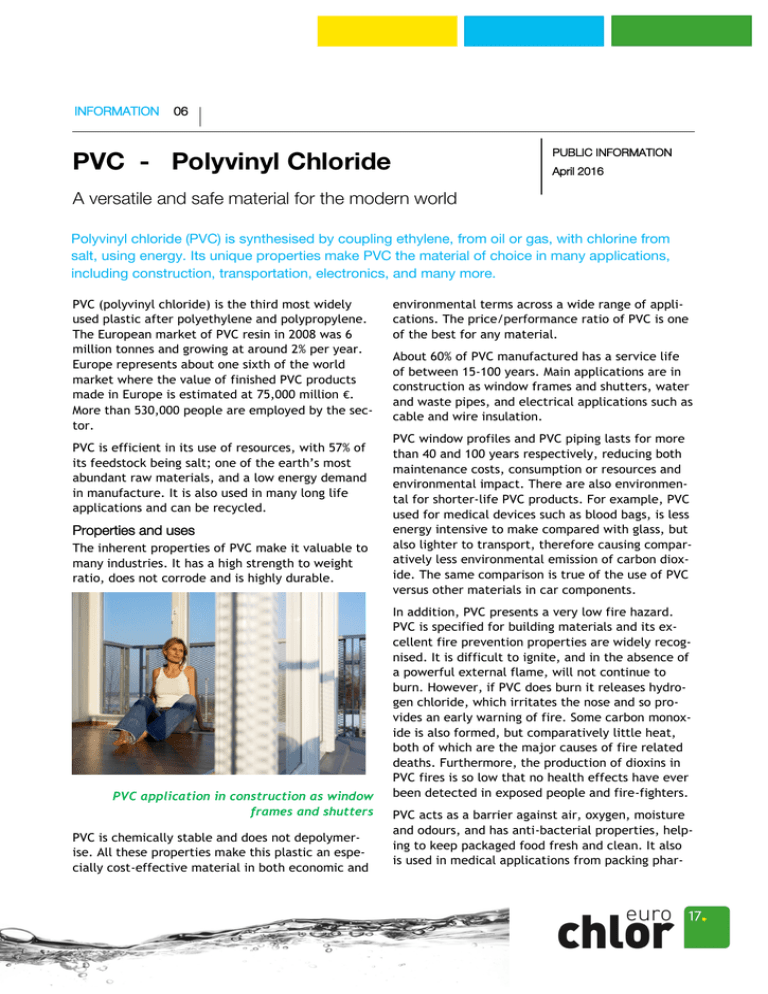

/GettyImages-1077073172-962bef4821ef4b539eea70758bbdddf2.jpg)
